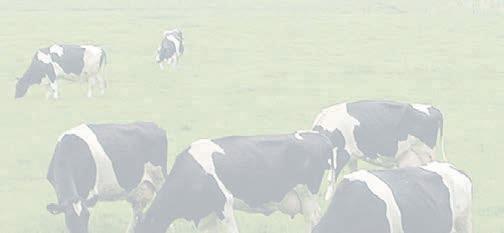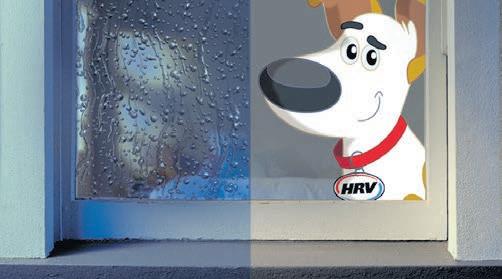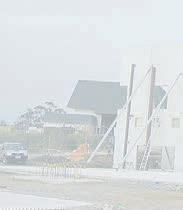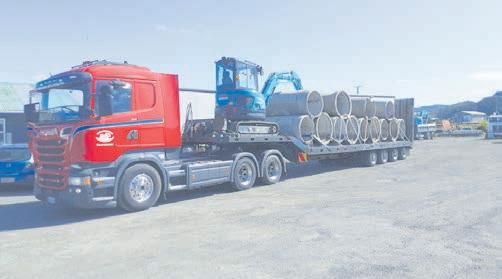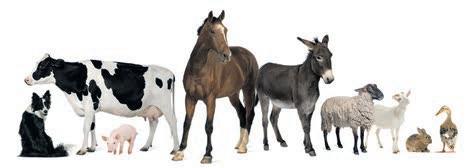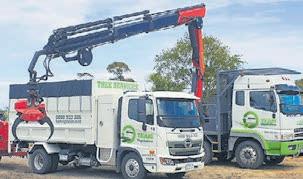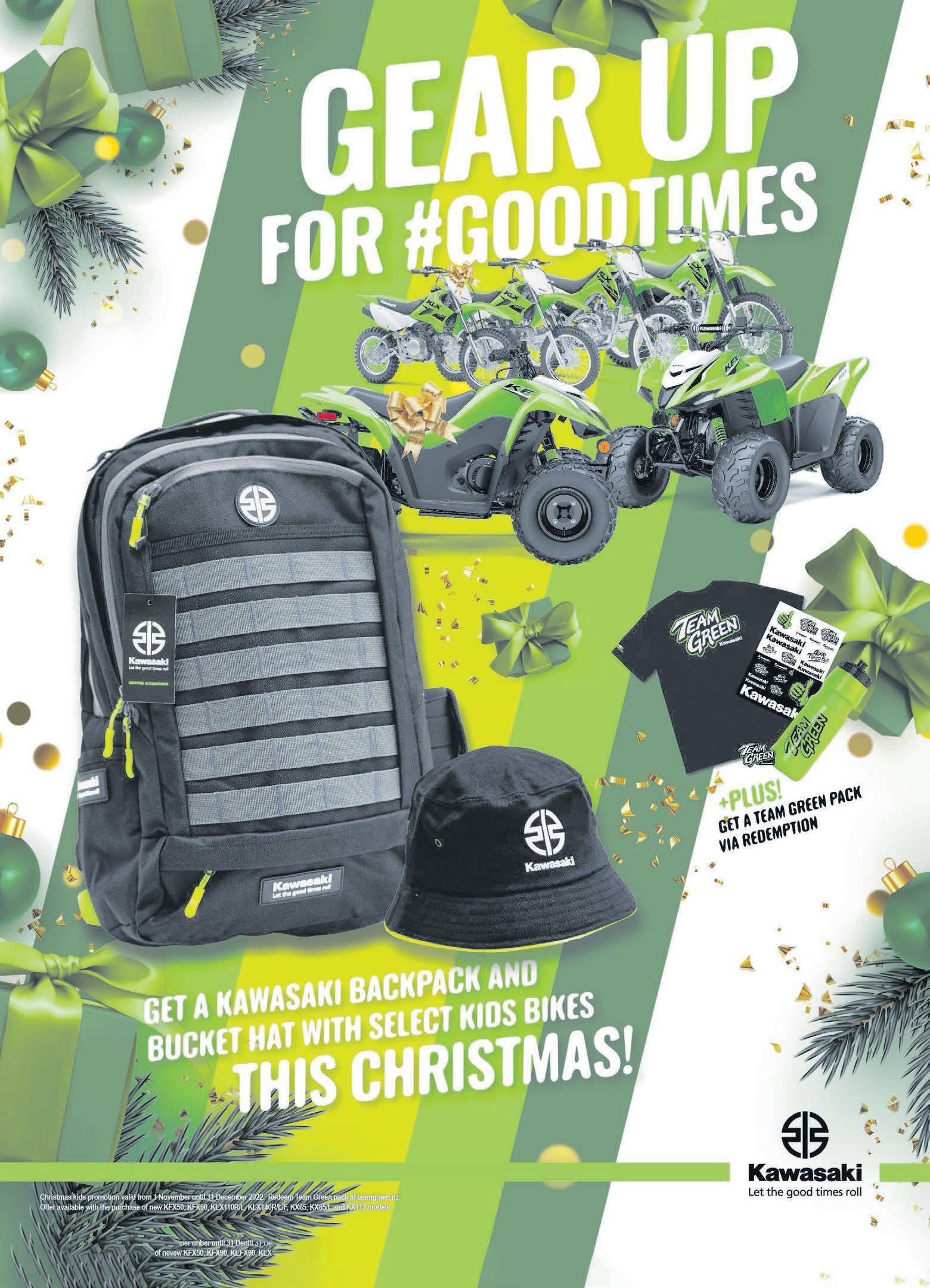








































I’ve previously written about how often Wellington falls out of touch with the rest of New Zealand. Indeed readers of this fine publication will be all too well aware of the effect of Beehive policymaking that fails to acknowledge the realities of rural life.

Generally speaking, for any good local MP, there is no substitute for getting around the electorate; in my case, the Kaipara ki Mahurangi area taking in the rural north of Auckland up to the border with Northland. An honourable exception would be attending Fieldays, which is, of course, a large annual gathering of those particularly connected with the primary sector from around the country. I recently did exactly this at its traditional venue, Mystery Creek, Hamilton.
It was heartening to see so many hard-working Kiwis doing business, connecting in various ways to make the proverbial boat go faster. There was an impressive array of new technology and innovative thinking on display, along with more traditional approaches to getting the most out of our land and life.
On a slightly less positive note, there was palpable disappointment around the traps regarding a flood of government regulations. As was widely reported, the prime minister was less well-received than in previous years.

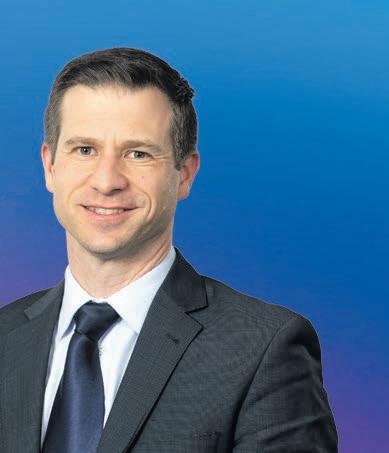

I attended the National Party stand, along with a significant number of fellow MPs, and was particularly interested in the issues board on display. We gave blue stickers to the punters for them to place on the issues board to indicate what they feel is the top issue for them. A strong, consistent theme came through about the need for rural New Zealand to be heard better by the government concerning the He Waka Eke Noa ‘consultation’ exercise. The other top contenders were freshwater rules and immigration settings.
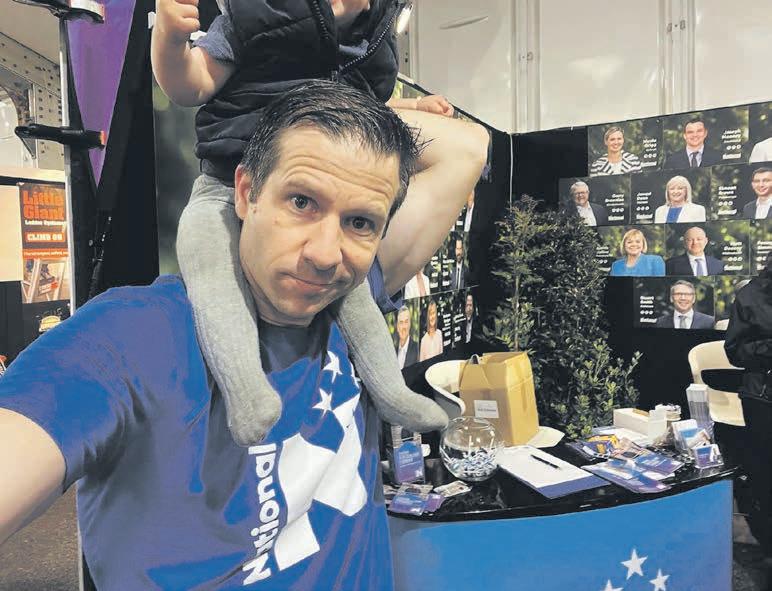
As this is the final column that I’ll have the opportunity to provide here this side of the new year, let me take this opportunity to thank everyone involved in putting together Northern Farming Lifestyles and its loyal readership.
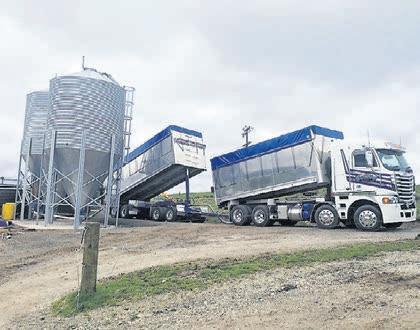
I hope that the end of this year isn’t too stressful for those in our community doing it tough, including those facing increasingly hard tough economic times. Whatever your circumstances, I wish you and everyone around you all the very best for the relaxing Christmas we all need and deserve after a pretty trying year.
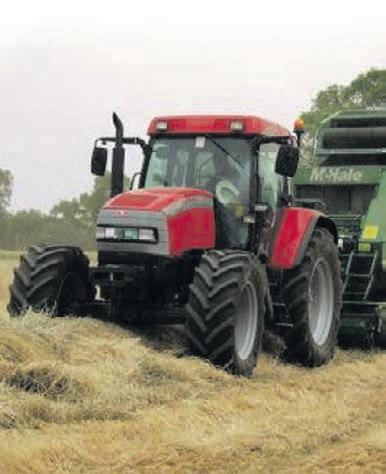
Farmers of all ages are invited to trade the paddock for the beach and take a break on the waves as the weekly Surfing For Farmers initiative returns to Sandy Bay on Wednesday, January 11, and Waipū Cove on Thursday, January 12.
“Surfing For Farmers is all about getting farmers off-farm and having a bit of fun while trying something new,” says Ballance Agri-Nutrients sales manager Calvin Ball.
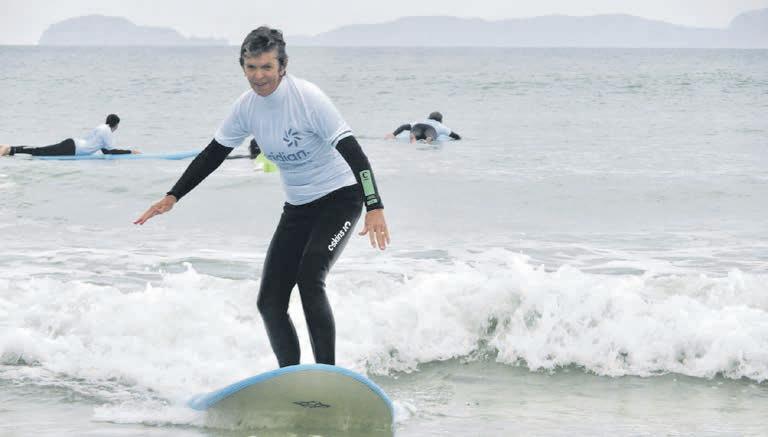
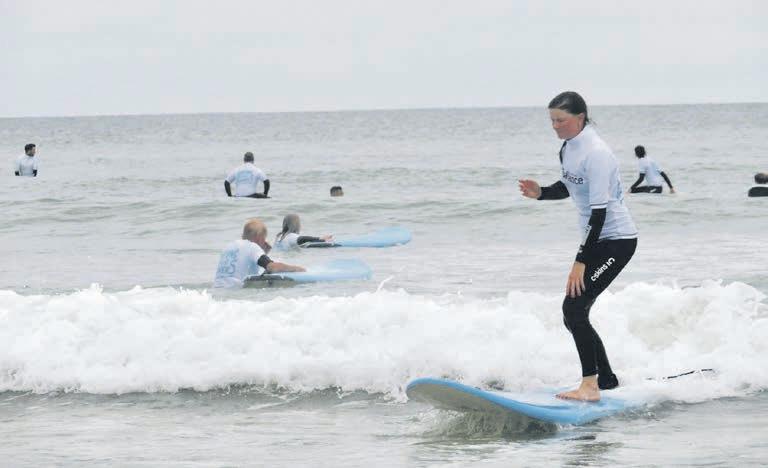
The initiative was started by Stephen Thomson in Gisborne. Stephen watched a documentary about American soldiers suffering from post-traumatic stress disorder who were introduced to surfing as a therapy. Being out in the waves changed their lives, and he wanted to see if it could help farmers get off-farm for their mental health.
“I myself am passionate about mental health for rural people and appreciate that a farmer’s work is unrelenting, and at times, seven days a week. They face
floods, drought, and other issues while working very long hours, not like me, finishing at 4pm–5pm, Monday to Friday and going home.
“The statistics of farmers’ mental health issues are high because traditionally, they don’t talk about feelings. With Surfing For Farmers, we have national and local legends that support us financially or with time, so it doesn’t cost farmers anything.
“There is a real sense of achievement in surfing. Being in the saltwater has a calming effect, and you are learning a new task with other people. You aren’t thinking about anything else except catching your next wave.”
Surfing For Farmers will meet at Sandy Bay on Wednesday evenings with Tūtūkākā
Surf School giving lessons and Waipū Cove on Thursday evenings with Learn to Surf Waipū. Both events begin at 5.30pm.
“Last season, we had more than 150 registrations over the two locations, and we have Ahipara running three sessions on January 15, 17 and 31.
“Most who come along have never surfed before — we had one gentleman in his late 70s attending and older ladies as well. We encourage people to nudge any farmers you may know to join us, especially if they need encouragement.
“It is totally free, and all equipment is supplied, including wetsuits, and we have
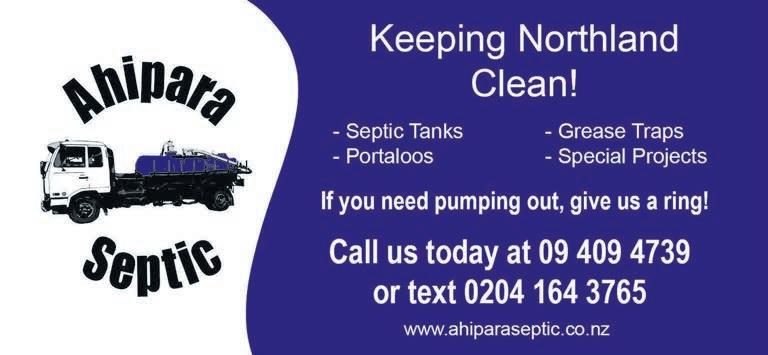


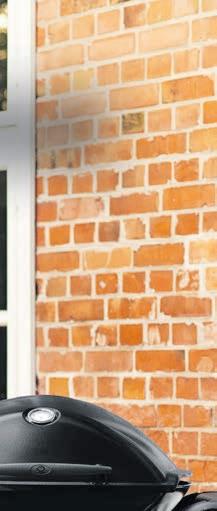



barbecues and things to socialise later. It is a great platform for people to make new friends as well or catch up with mates. The lessons start on the beach before proceeding to the water. Most people are up on their knees or catching waves the first night.
“If you want to talk, we are here, and we also have people from Northland Rural Support Trust on-site ready to listen.”
For updates, check the Surfing For Farmers Northland Facebook page, or call Calvin on 027 223 2894 or Ryan on 027 285 9075.




 BY AMY FIFITA
BY AMY FIFITA
was born and educated in Kaitāia and always had a dream to fly,” Jim says.



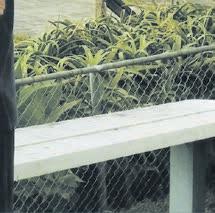

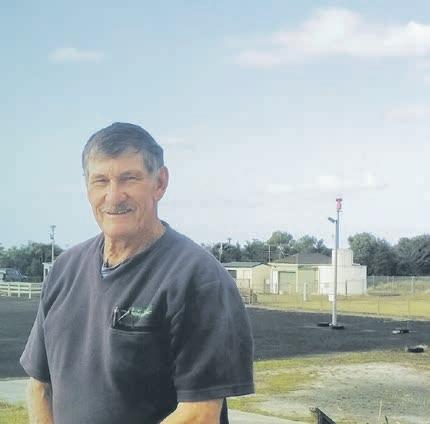




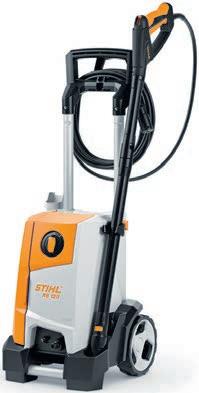

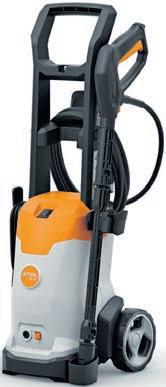

“The aspiration grew after my granduncle Bob Spanake, a loader driver for James Aviation, and his pilot John Nash took me out to see their work skills and habits. I was eight years old, and they were working on an ag-airstrip — I became completely enthralled with it.
Jim was 16 years old when he became an apprentice for the Ford dealership, Northland Motors, before pursuing a life in the air.

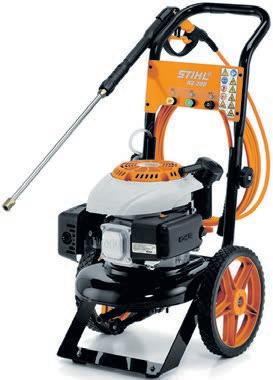

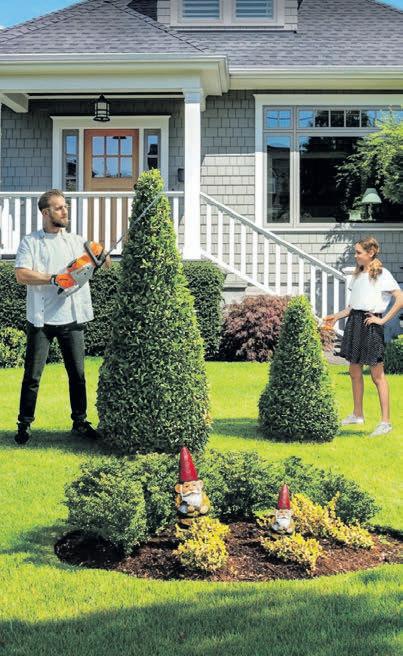
“Instructors were few and far between in the Far North, and consequently, lessons weren’t a regular thing. After I joined the Kaitāia Aero Club, I started my flying training in a Cessna 172 on March 25, 1967 — I was committed to flight.

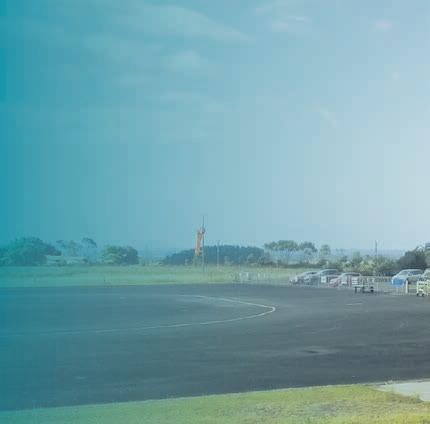
“Despite still being a low-paid apprentice, I continued training at the aero club. On December 23, 1967, I was finally ready to fly by myself.
“Category B instructor Bob Moore sent me on my first solo flight. I had to do one full circuit around the Kaitāia Airport, and I had to land all on my own.
Loading the plane before taking to the air once more
“I continued flying, and eventually finished my mechanic apprenticeship on December 14 1968. I married my wife Valerie in 1970, and was interested in pursuing a topdressing career.”
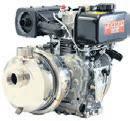

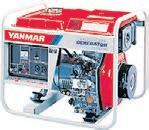
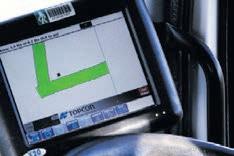
Jim was employed by James Aviation at Kaitāia as a loader driver and aircraft engineer for two years before testing for his private pilot’s licence on October 5 1972.
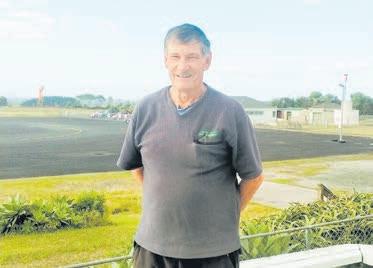
“I received my rating in a 300-horsepower Fletcher aircraft FU24. I sat the test in Whangārei with Category A flight testing officer Wimp Baker, who sat alongside me in ZK-BPZ. I passed and was able to do ferry flights for James Aviation.
“I continued to build on my flight hours positioning planes, and also did some off-base engineering duties. We had two children, by that stage, and I went to Auckland for a long time to train for my commercial pilot’s licence under the tuition of Denis Hoskin.
“I passed the flight-test in Kaitāia on October 29 1973, with Civil Aviation flight test officer Harry Bielby. I was stoked, and

started as an air transport operations charter pilot for Blue Sky Scenics, mostly flying in the North Island.”

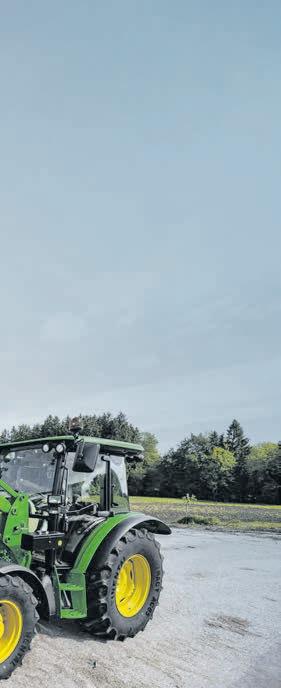
On January 17 1977, Jim underwent a six-week agricultural flight course for James Aviation in New Plymouth. He was taught by Vern Hume, a former air force jet fighter and ag-pilot.
“I was posted back to Kaitāia to begin flying as a topdressing pilot. I did one job in a twin-tailed PL12 Airtruk before reverting to a 300-horsepower Fletcher.

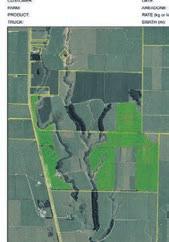
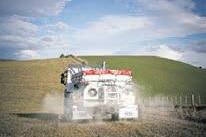
“I also got to ferry other aircraft for maintenance at the James Aviation Kaitāia workshop. I was in hog-heaven as a young married pilot with plenty of dreams.
“Later in my career, Valerie and I started our own top-dressing company named Far North Air Limited. We had three Fletchers, and she was running the books. We owned it for about 10 years.
“After we sold our business I topdressed for Super Air Limited. It was often a demanding and unforgiving industry, and I was made redundant in June 2014

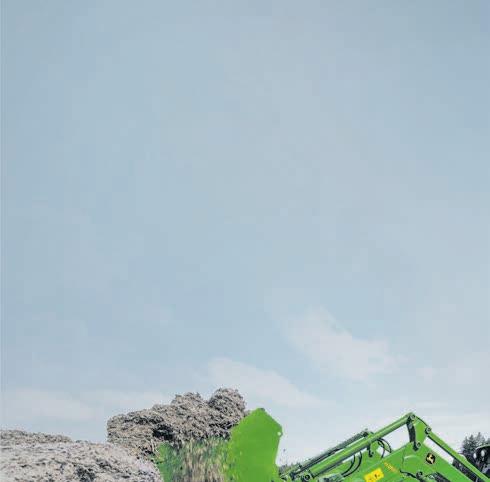
because of inflation, and sadly, I had to retire because of lack of work.”
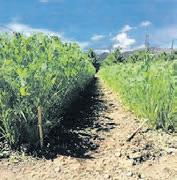

Valerie says that flying was Jim’s life. His career spanned him being a topdressing and charter pilot and aero club flight instructor. He achieved 22,200 hours in flight throughout his ventures.
“The farming families I worked for played a large part in my happiness. They were mostly good people, workers and clients and we had mutual respect for each other’s work ethic and enthusiasm — I was privileged to work with them and loved topdressing,” Jim said.
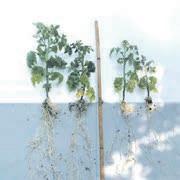







“Iam a sheep and beef farmer in Oneriri,” says Tony.
“I am also a life member of the Molesworth Dog Trial Club, Northland, and the New Zealand Sheep Dog Trial Association, and I was absolutely thrilled with the recognition.
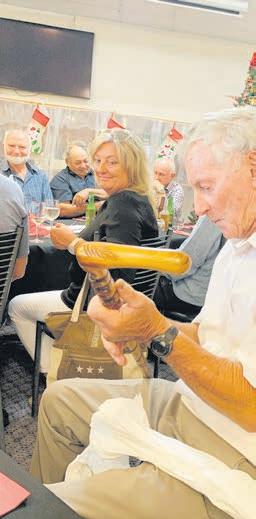

“My family have been here since the 1800s. My great-grandparents came from England, and my dad grew up here at Oneriri Station, and I did too. I took over a land and survey farm here in the 1960s because they were running out of returned soldiers to




take the land. That is how we got into sheep and beef.
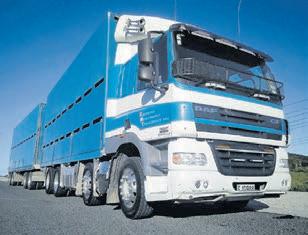


“The sheep dog judging for me has always been about the fellowship. I was the luckiest bugger on the planet — we’d travel and talk, talk, talk. We would travel all over New Zealand and as far afield as Australia, with many friends and colleagues and passionate dog trialists from across the country.
“It is with thanks to some special men, brothers Rex and Don Ries, Guy Thomson and Mac McKenzie, amongst others, that I got into judging. I always had great people around me, they didn’t always agree, but we had some good robust discussions.
“I have been judging at show trials since 1971 and have never missed a year. I was officially added to the NZSDTA judges list in 1973. I have judged at every



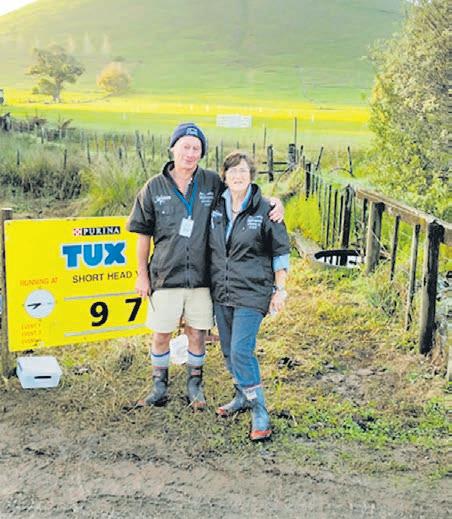





trial ground in Northland multiple times, and that helped me improve how I run my dogs on the different courses. After you judge, the next time you compete at that location, you compete a whole lot better on that course.

“You gain an understanding of things like that hill that you never had to work on before. I had a goal early in my dog trial career that I wanted to win a New Zealand championship and judge a New Zealand championship.
“My heading dog Boy and I won both the North and South Island titles, but the national title eluded us. However, as a judge I have really done it all. My first ‘Island’ was the short head and yard in Wanaka in 1987. In 1990 I judged my first New Zealand Championships in Garston, South Otago, merino sheep and a long head course covered in snow.
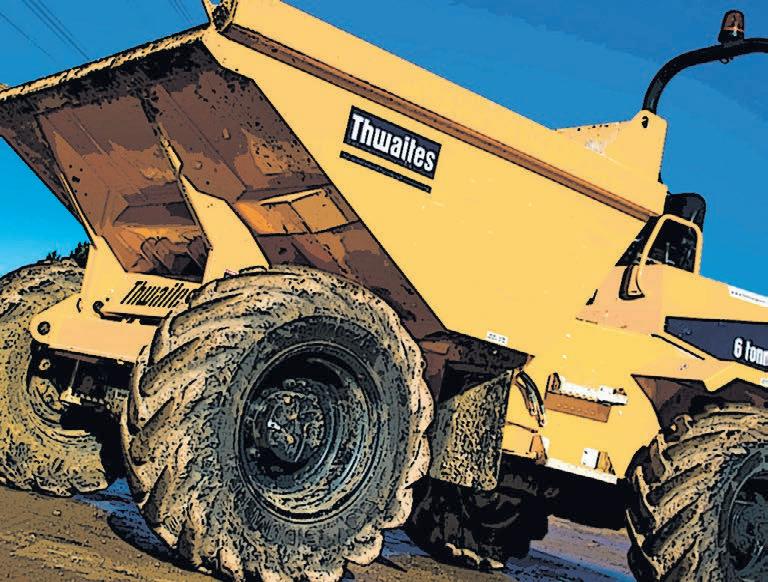
“In 1993, I returned to the short head and yard event that is a relatively uncommon sport, and judged my second New Zealand Championship in Rotorua.”
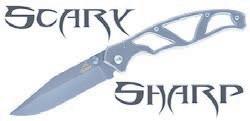
While Tony reached the peak in the more traditional area of trials in the late 80s and early 90s, he went on to reach a high standard in the Handy Dog events as well, judging the New Zealand final at Kumeu in 1996.
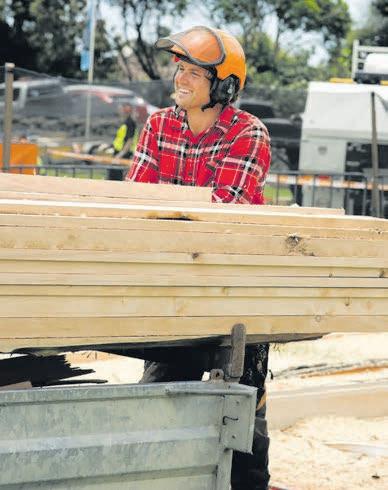
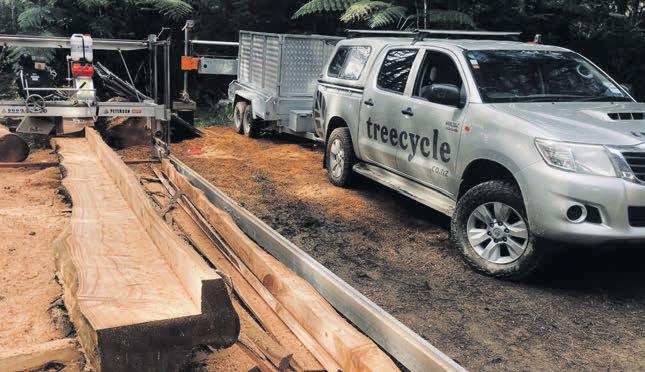
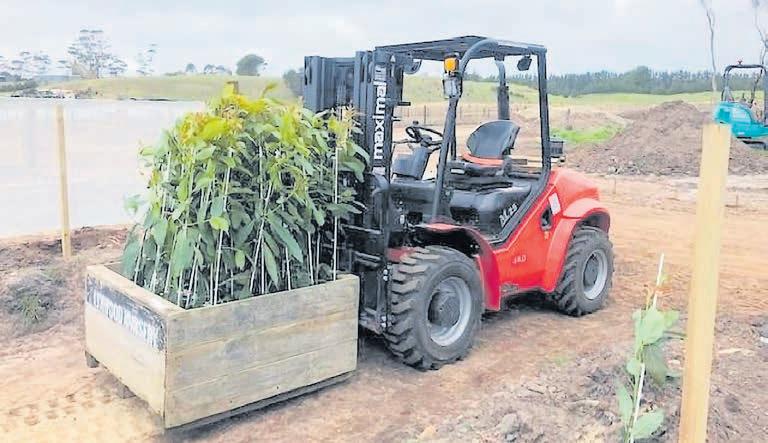


“The winner of that event was Vaughan Marfell, with Steele, who went on to win the New Zealand straight hunt in Omarama. In 2002 and 2006, I travelled as the team manager and judge with the NZ Handy Dog team to Australia during the trans-Tasman championships. That was an amazing experience — I wouldn’t have missed those for quids.”
Staying involved in the sport for 50 years wasn’t about his own

achievements. Tony appreciates community and spent 11 years as part of the judge’s selection committee, acting as the chairman of selectors for a period of time.



“There were some really astute fellows, and we had strong debates and discussions with great people, like Roddy Mead, Micheal Ensor, Bernie Gower and Paul Robinson.

“I wouldn’t be able to judge at the highest level without my impressive supporter, very astute clerk, or scribe, my wife, Lindsey. She has been a huge factor in me being able to be involved for the time I have been and reaching the standard I have got to.
“I highly recommend the younger generation join us at the clubs if they are on sheep farms. It is a good sport as well as our work. Part of the dog judging is
we have great breeding dogs throughout New Zealand, and we have recently had 10 new puppies born, and they are very well-bred.
“You get strong breeding, so you get very good dogs, and they are such good workers. The dad to this lot is Scott McRae’s dog, Cory, who went to Tasmania with Scott McRae — they are beautiful.”
Northland Sheep Dog Trial Association promotions officer Fiona Hastie says it doesn’t stop there.
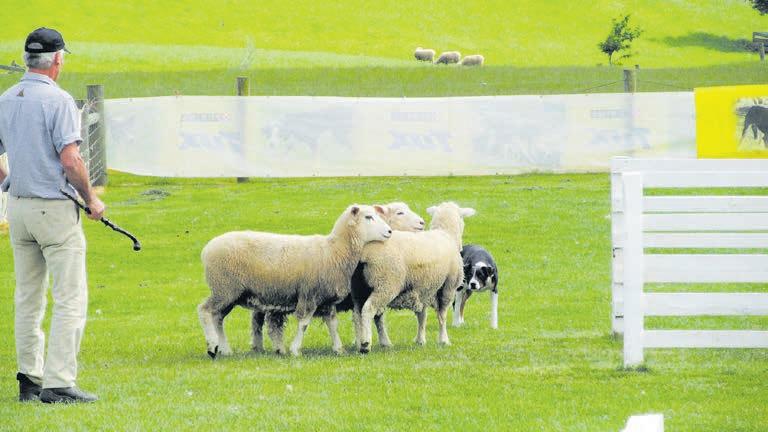
“Tony will be judging the short head and yard at the Otamatea club in the coming dog trial season.
“Hats off to you Tony Hargreaves — congratulations on 50 years of judging. You said it has always been about the people, and you are one of the people that make it great.”

We have come a very long way in a very short time as technology and science have overtaken early farming ideas. In Kaipara, a family named Smith pioneered farming after the family landed on these shores with the Albertland settlers in the 19th century.
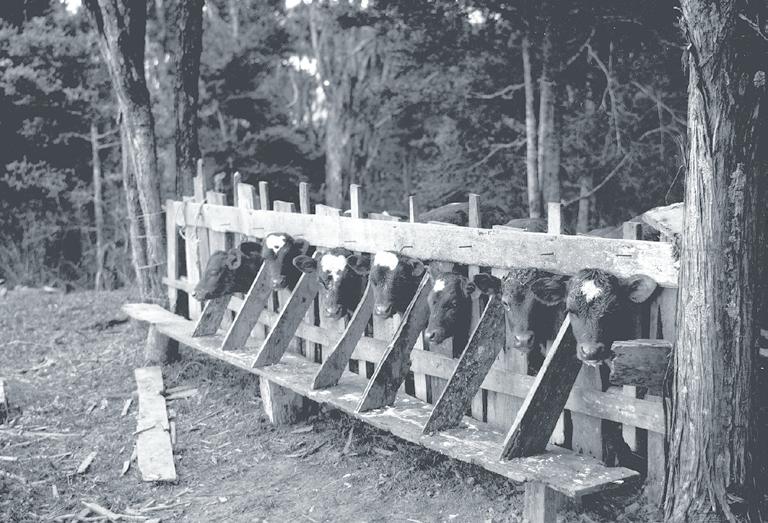

A descendant, the late Mavis Smith, passed at 102 years of age. She recorded some down-to-earth memories of growing up on a Kiwi farm in the 1920s, a far cry from conditions that prevail today after a century of progress.
‘Another duty we had as children was in the milking shed,’ Mavis wrote in a















memoir. ‘With such a large family, plus the usual swag of callers, milk was essential. Dad, though, was not particular in his selection of house cows. Practically any cow that happened to have a calf when the milk shortage became acute was considered good enough for the boys, and some really tough specimens were yarded for our benefit.
‘Not that dad was averse to lending a hand. With his trusty tea tree waddy, Dad bashed the unfortunate animal into the bail and left the rest of the operation to us. Running the risk of having our brains kicked out, we finally leg-roped the frantic

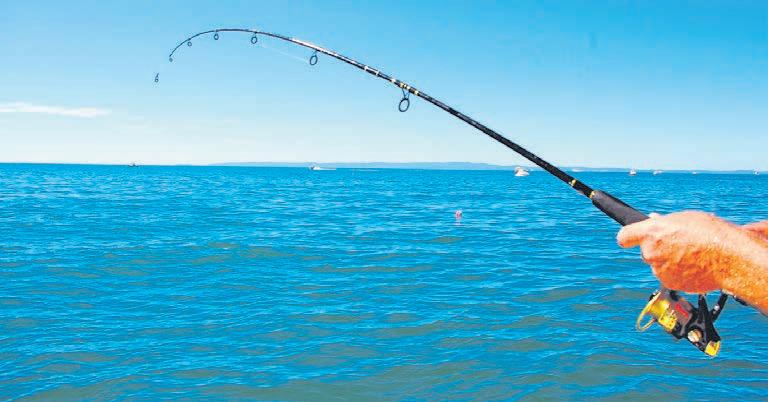

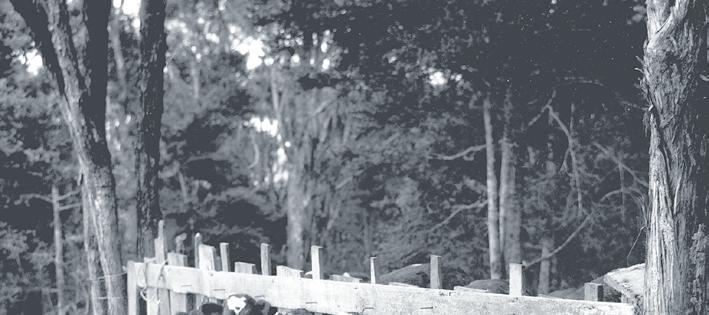
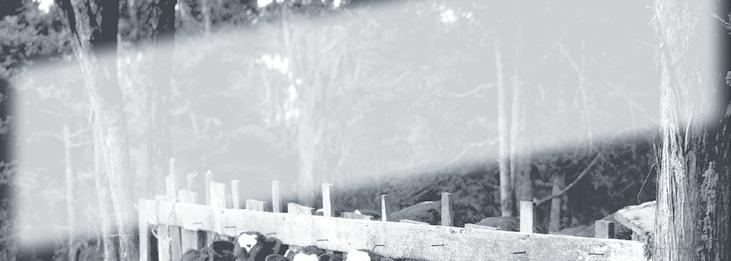

‘Needless to say, any milk we managed to extract from the elusive teats was tinged with mud and manure — the dogs got the lot. Removing the leg rope and unlatching the bail flap was a risky business and called for skill and speed. On one occasion, teamwork lacked coordination, and I let the bail go before Jake had undone the leg rope.
‘From our vantage points on the yard rails, we waited anxiously while the muchabused producer of butterfat did her best to pull the shed down. Finally, much to our relief, the rope snapped, and the cow galloped into the paddock. Later, dad became more expert in his selection
of milking cows, and the quieter Jersey breed gave us little trouble in the covered section of the yards, which were used for drafting and weaning.

‘Shearing and dipping of the various Smith flocks always found us handily opening gates at the wrong time, or appearing suddenly in the path of the stubborn woolly backs, sometimes with disastrous results.

‘When blade shearing was superseded by machines, we enjoyed the extra fascination of watching the spinning drive wheels of the Wall Street plant and the clean sweeping movements as the expert shearers pulled off the white fleeces in the open shed. The reliable New Way

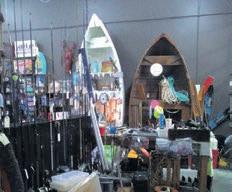

The Smith forbears became successful settlers and kauri millers before they moved into farming and became Jersey stud breeders of excellence with prize imported stock leaving a valued legacy to New Zealand’s beef industry. Expertise continues today with properties now run by descendants Lockwood and Jason Smith, respectively a former government minister and a Kaipara mayor.
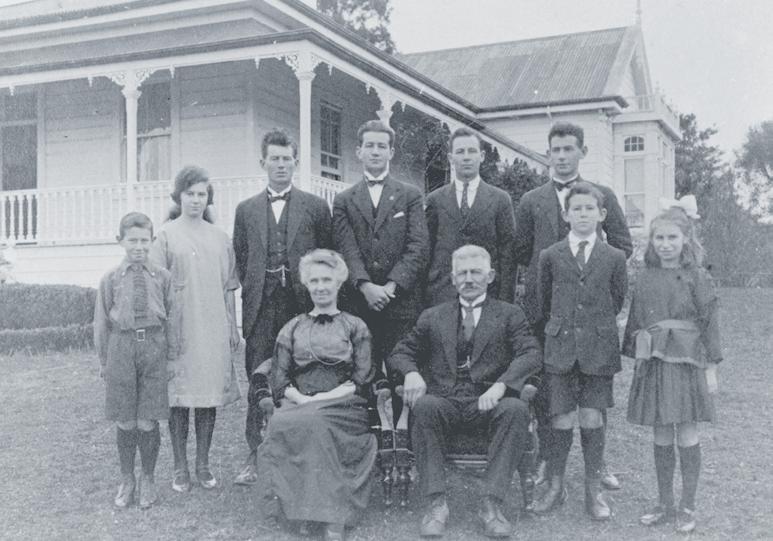

Mavis lived on to pass at the age of 102 in the family home at Totara House, which she bequeathed to the iconic Kauri Museum, where it remains as part of the complex she helped to found. She also left an eyewitness account of a very different life lived during the formative years of New Zealand’s rural development, from the arrival on farms of electric power and telephones to tractors and transport, through to a world much changed by ever-expanding technology.

There’s always more to learn.
No matter how long you’ve been working in the primary industries there’s always something more to learn, especially now as innovation and new technology makes rapid changes in the sector.
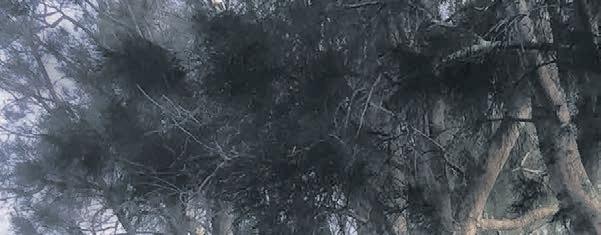

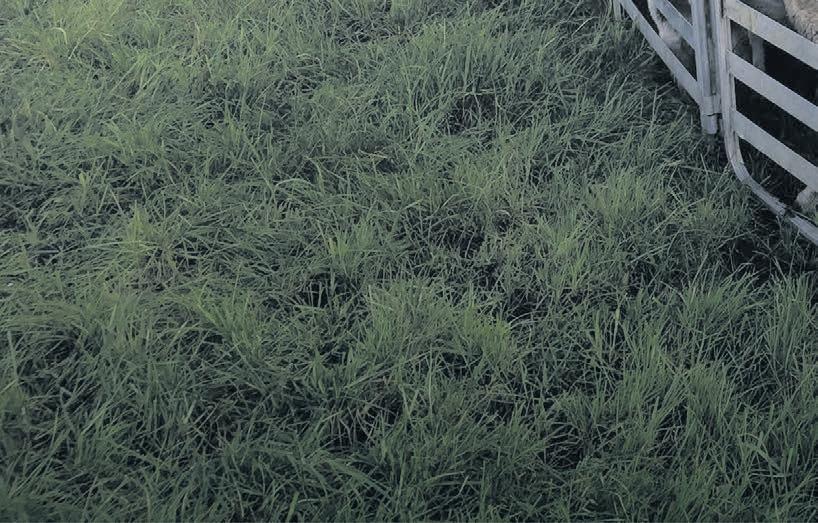

At NorthTec | Te Pūkenga we offer courses that can help you progress in your industry, assisting you to get the role you want. Our courses can also help you boost your current business, bringing you up to date with new technology and innovations.
We offer on-the-job training, so you can learn new skills while continuing to work as you currently are without impacting the rest of your life. Many of our courses are also online and can be taken full-time or part-time depending on your needs, meaning you can study when you want from the comfort of your own living room.
Enrol at NorthTec | Te Pūkenga and boost your career in 2023. 0800 162 100 study@northtec.ac.nz northtec.ac.nz

Pollination is well and truly over now, and the grower focus needs to shift to the emerging crop.
Fruitset in the mid and Far North is looking promising and initial set around pollenisers is heavier. The cold spell in the Bay of Plenty has resulted in patchy set, but it is still early.
Making an initial crop assessment and adjusting your fertiliser programme to suit is important. Fertigation and solid fertiliser applications should be made in accordance with new fruitset and the amount of new ush emerging.
With the regular rainfall during the past couple of months — trees are ushing quite hard. Have a look at the size of newly maturing leaves. If they are large, (and some orchards are like this), watch the amount of nitrogen fertiliser you are applying. Early December is a good time to take a leaf test and make changes, if required.
Now is an important time to apply regular copper as the fruitlets quickly size, and continual coverage is important.


Application of mulch, compost, and soil stimulants is timely. However, check your roots for signs of new root extension before applying anything.
Don’t forget about any newly planted trees. Look out for any pest damage, strong shoots that need removing, watering and weed control.
Irrigation checks should be completed. Monitoring of soil moisture meters will dictate watering frequency.
Other tasks to take care of at this time of year are pruning back pollenisers, aiming for a single leader approach, and thinning out any tip shoots on staghorned trees in your block.
If you have any questions about this information or need assistance with your crop, please contact your local Just Avocados’ representative, John Emett — email: john@justavocados.co.nz.





It’s been a busy year for the government as we’ve continued to support New Zealanders through a challenging period while making progress on some of the biggest issues facing our community.
Thanks to our careful management of the books, our economy is in a strong position and faring better than many other countries. However, we know global issues like rising inflation have had an impact here at home, and many people are feeling the pinch. That’s why, to help ease the pressure on families, we’ve rolled out a whole package of cost-of-living support.
It includes our fuel tax cut, reduced road user charges and half-price public transport to make getting around cheaper, and the Winter Energy Payment and Cost of Living Payment to help people with their bills.
Earlier this year, we boosted Superannuation, student allowances, the family tax credit and main benefits, providing extra income for thousands of households. We also announced changes that will make childcare more affordable for many working families.
We know things are still tough for many here in Te Tai Tokerau, but together,
initiatives like these will help make life a little easier.
While supporting New Zealanders with the cost of living has been a priority for us, we’ve also made progress in other key areas, including health.
This year saw the launch of Te Whatu Ora – Health New Zealand, the new unified health service that will ensure everyone can get quality care. We’ve made a record investment in Pharmac, ensuring more people can get life-saving medicines and treatments, and we’re training more nurses than ever.
There are now thousands more health professionals working in New Zealand than when we took office in 2017.
There’s a lot on the horizon for next year, and I’m looking forward to continuing to work hard to support Te Tai Tokerau. For now though, I wish you and your loved ones a very merry Christmas and a fantastic summer.
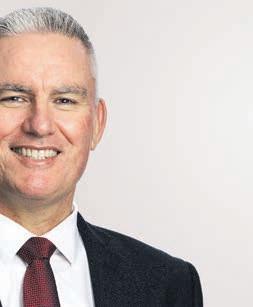

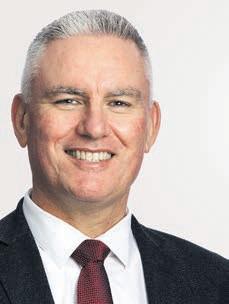
0800 KDAVIS (0800 532 847) Office.davis@parliament.govt.nz














Whangarei office 66a Bank Street, Whangarei Kaitaia office Shop 5, 222 Commerce Street, Kaitaia Henderson office 6 Railside Drive, Henderson










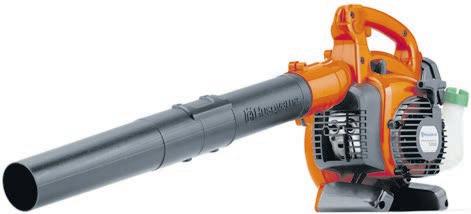
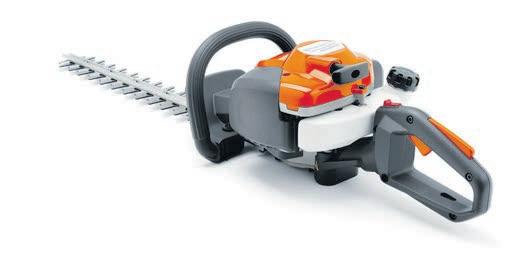
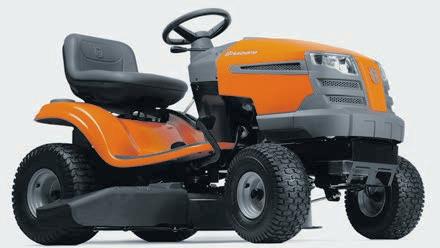
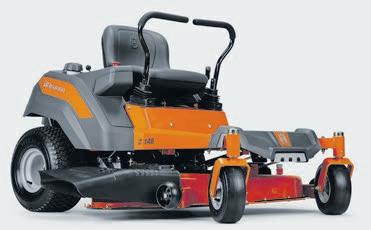

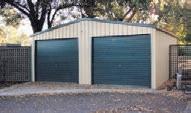
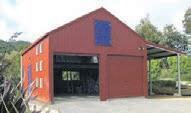

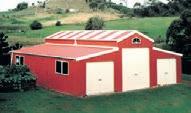


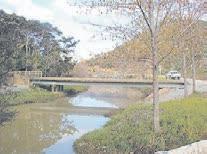 by Dr Emily Henderson, MP for Whangārei
by Dr Emily Henderson, MP for Whangārei
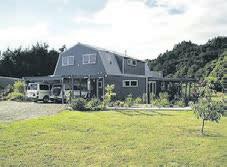

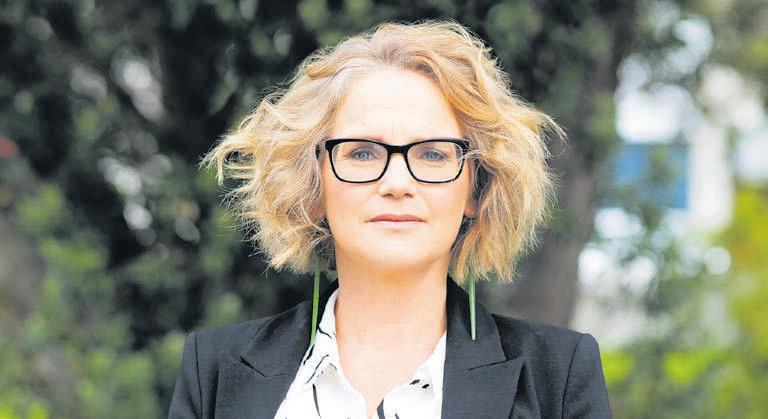
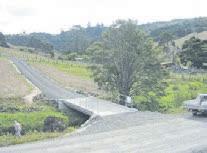
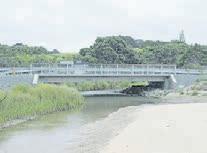

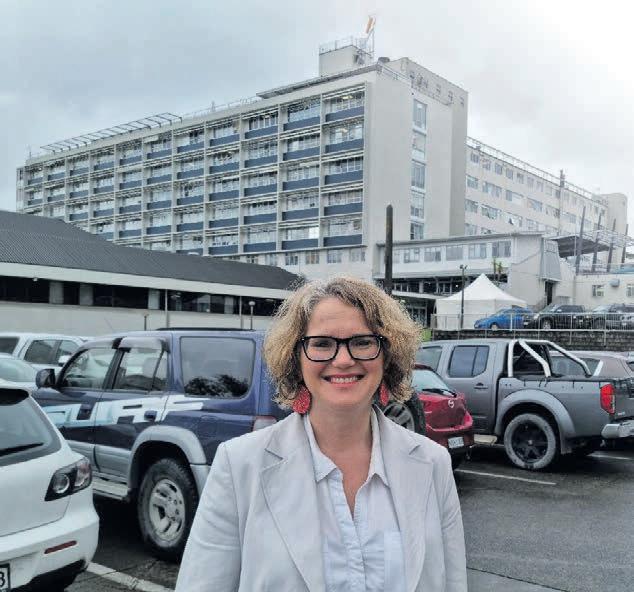
Countries worldwide, including many of our key trading partners,


While the global outlook remains uncertain, there is real reason for New Zealand to be optimistic about the future — our primary sector is at the heart of that.

Through resilience and innovation, primary industry exports hit a record $53 billion last year. Economic prospects for the sector continue to look incredibly bright, with export revenue forecast to reach more than $56 billion by 2026.
This strong performance is a testament to the sector’s ability to adapt in a changing world. Our farmers, growers, fishers and foresters should be immensely proud of their efforts — their hard work has kept us all out of harder times.
To back the primary sector, our government continues to pursue highquality trade agreements that diversify New Zealand’s trade relationships. That includes unlocking access to some of the world’s biggest and most lucrative markets, which will see farmers, growers and exporters get even greater returns for their hard work.
Since taking office, we’ve concluded four free trade agreements, including
with the United Kingdom and European Union, and we’ve upgraded three existing free trade agreements. Thanks to this work, more than 73% of New Zealand’s global exports are now covered by a free trade agreement.
We’re also partnering with industry to integrate farm planning to streamline compliance, reduce costs, and demonstrate sustainability credentials
to our markets. We’ve also made significant investments in the future of farming, including through the Sustainable Food and Fibre Futures Fund, and we’re making good progress on our plan to increase New Zealand’s trading opportunities.
Farmers and growers, like those here in Whangārei, are the backbone of our economy and our goal is to support them
in growing exports, reduce emissions and maintain our country’s competitive edge internationally.
I’m proud of the work our government is doing to support the food and fibre sector, but more importantly, I’m proud of our primary industries. You keep us fed, export revenue coming in, and many in Whangārei in jobs.
Thank you.
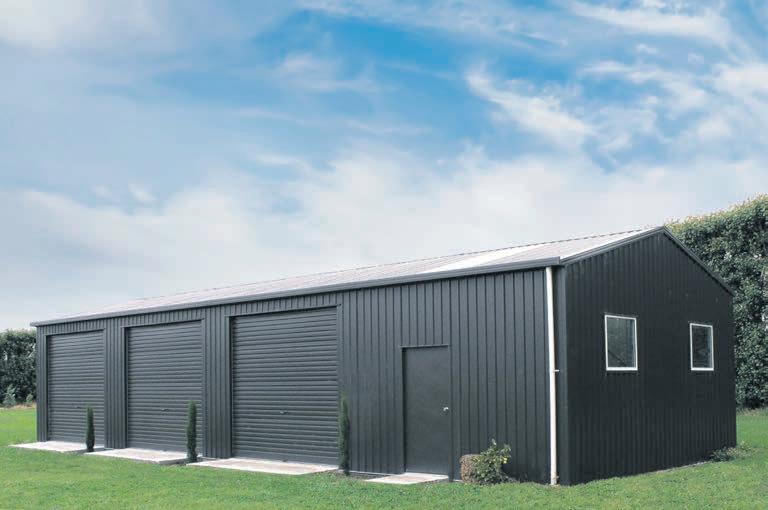

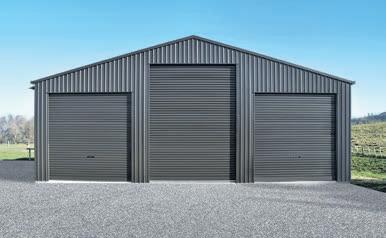
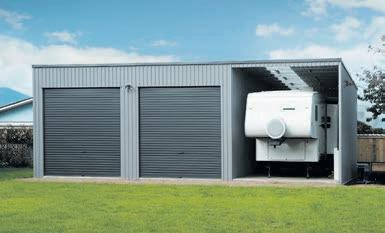
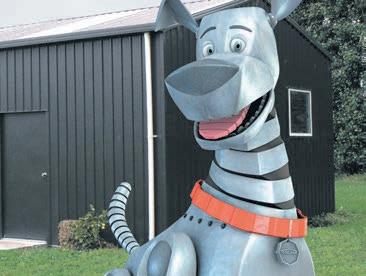







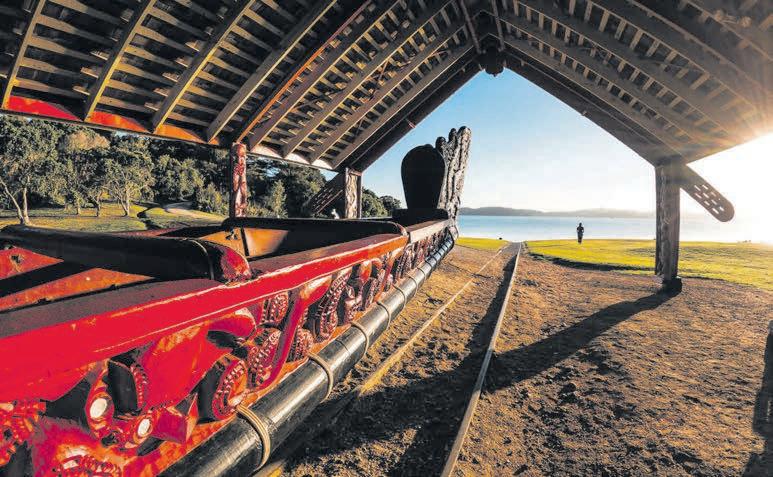


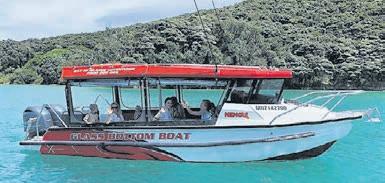
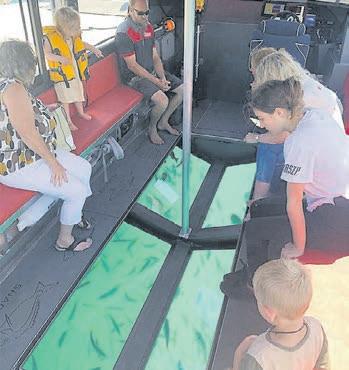
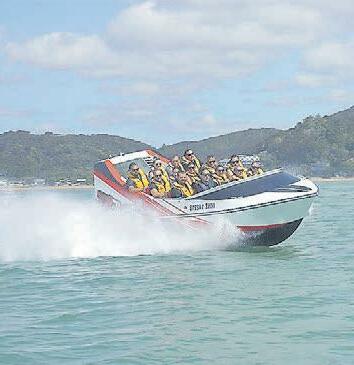



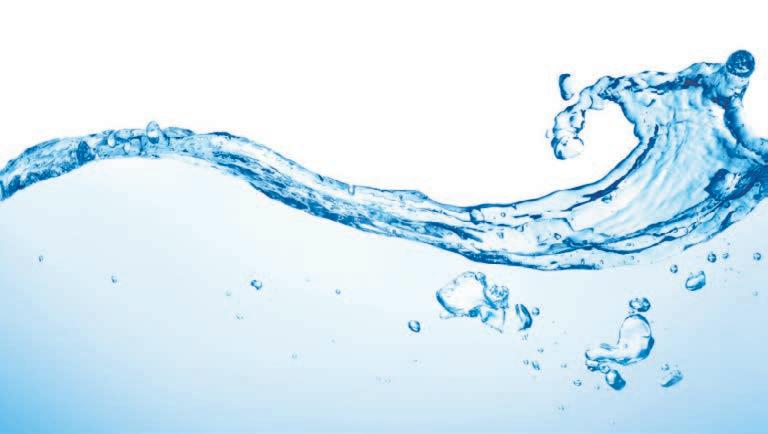
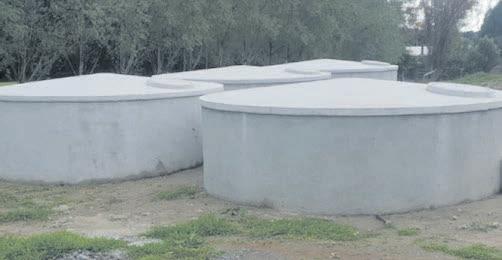

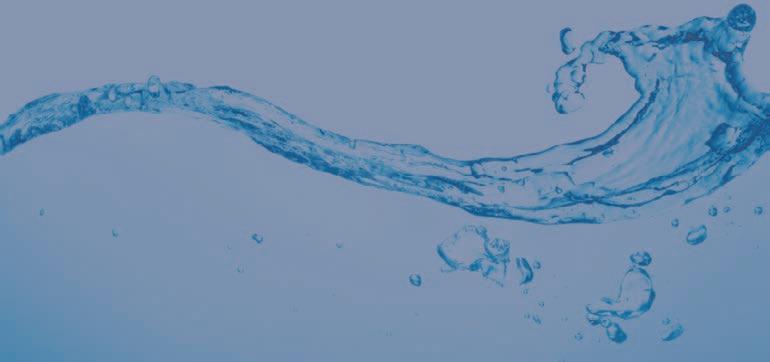
Designer Max Beatson armed with his adoration for art, strong roots in his ethnic identity and an incredibly supportive family, started his own clothing label — BMax.
“I was 13 years old when I launched BMax in March this year with a shark and dolphin, and Samoan turtle designs,” says Max.
“We live on a lifestyle block with 60 sheep, six chickens and two goats and dogs. One night I began drawing Polynesian-inspired patterns into animal outlines, and when I showed my parents, they loved it.
“I had the cool idea of putting my art onto T-shirts, and it expanded from there. I never thought my artwork would be put on to clothing before this started.
“My parents were supportive of me creating a clothing brand, and with the help of close family friends, we were able to get this started.”
Max’s mum, Jacinta and his family help to sell his brand at markets, festivals and across New Zealand.
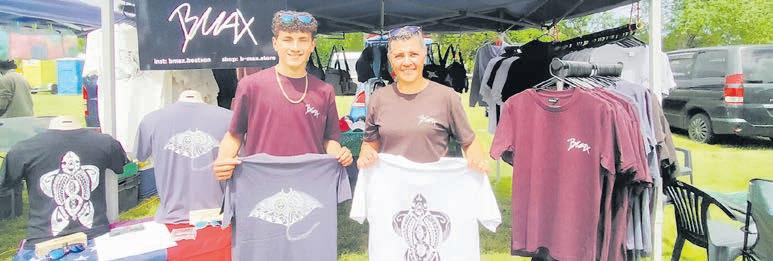
“We have family that travel with my gear, and I am starting to get noticed in town, which is amazing. We worked hard planning to get my brand off the ground, but we got there.
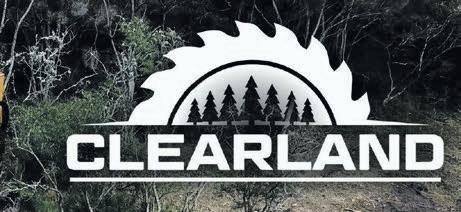
“I have a passion for drawing, and my BMax is my future and part of my identity.


It is going to be good for me, and if it goes well, I can save up for a house or a car. If it goes downhill, I will create more designs that people like and get back up there.
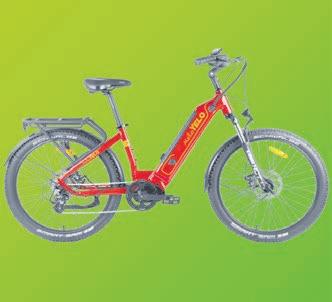

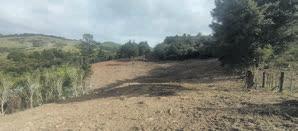
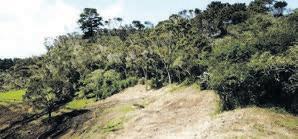
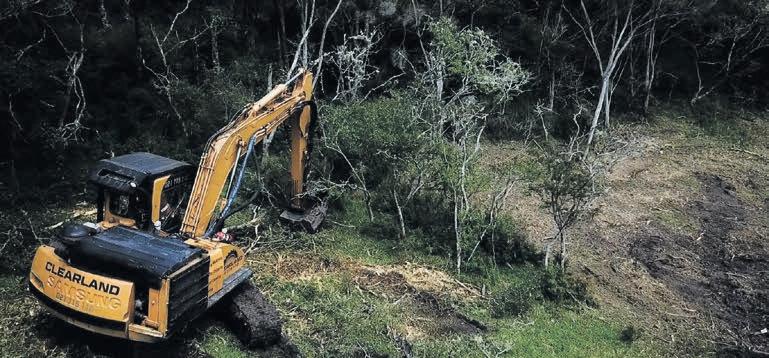
“My mum and I have Samoan roots, and I have some Māori and Pākehā blood in me from my dad’s side. My Samoan family helps me out with ideas, and I get inspiration from designs online. I look for patterns I haven’t seen before.
“Whenever I get a new inspiration — I draw it. I sketch the outlines of the animals I want and make gaps between them to put my patterns in.
“We just launched my manta ray design at the Kaitāia Pasifika Festival. It is my favourite so far. It took me a few nights to create, and it is the best drawing I have ever done. This creation was mostly Samoan-inspired with influences from my Māori side.”
Max has expanded his venture and has printed his artwork on bucket hats, baseball caps, sunglasses, bags and hoodies and aspires to own his own clothing shop.
and
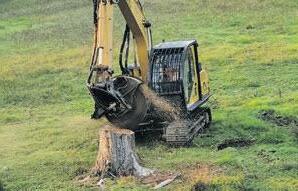
“I want to do more of them. We have clothing throughout the country and we want want to get them in as many stores as possible and eventually set up a shop in Kaitāia. I am 14 now
aspire to make my label a fulltime project. It is already international and I want to increase its popularity throughout New Zealand and around the world.”Max Beatson with his mother Jacinta, selling his brand at the Pasifika Festival at the Kaitāia A&P Showgrounds
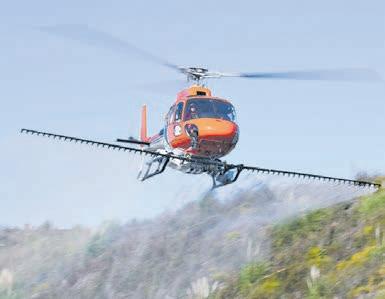


















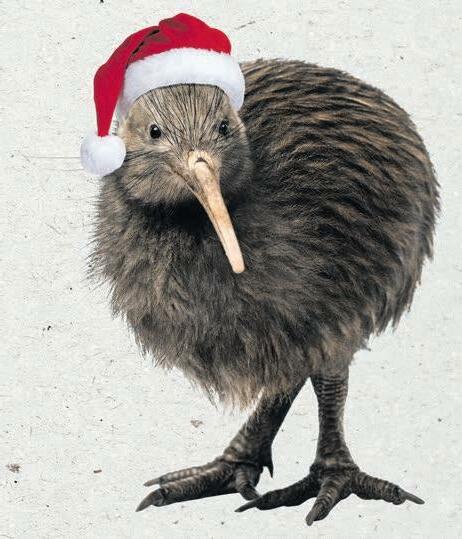
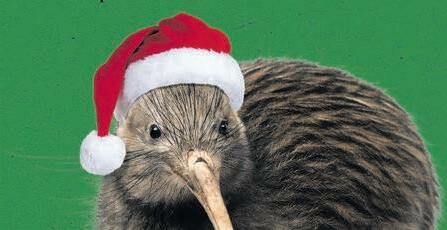
















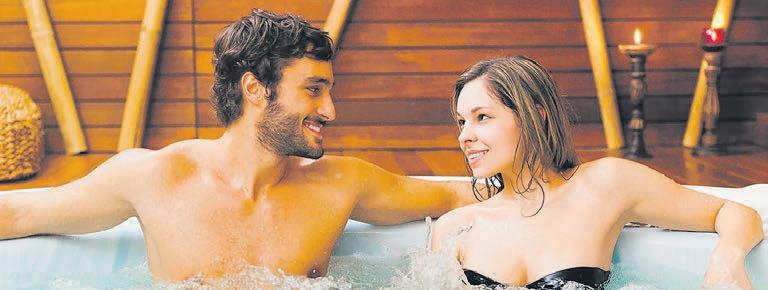


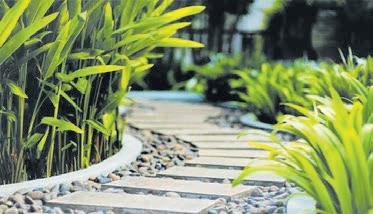
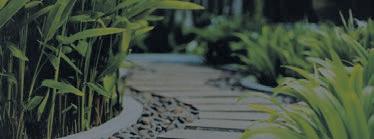







AgSpares is a Whangarei-based family business established in 1983 to supply local farmers with tractor parts.
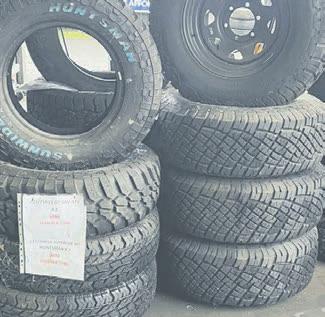
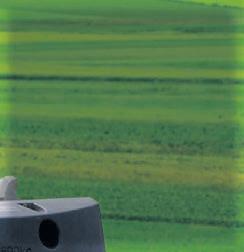
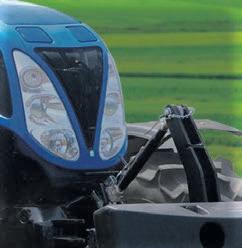
The company has grown to be a leading supplier of AgSpares New and Used tractor parts to customers throughout New Zealand, Australia and worldwide. Their mantra is “Keeping Tractors in Action”. Everything they do revolves around getting their customers up and running as quickly as possible.
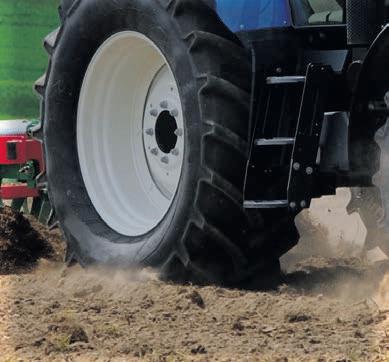
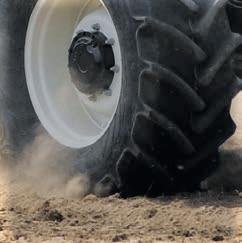
As well as a vast range of new parts, they also dismantle a wide range of modern tractors and can supply topcondition used parts for tractors from 5–30 years old, backed up with their industry-leading three-month warranty.

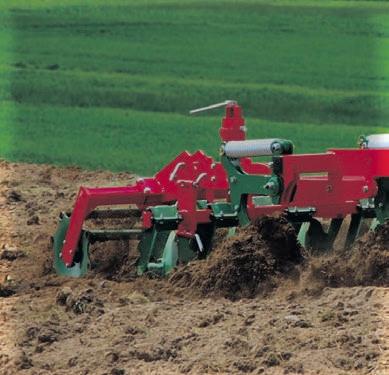
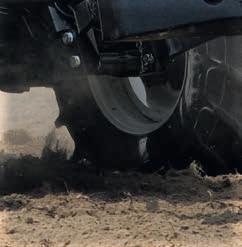
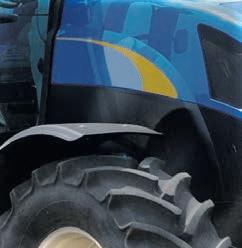
AgSpares’ customer base has gradually diversi ed. It now supplies rural contractors, lifestyle block owners and owners of the many beach tractors spread around the coastlines of New Zealand.
There is a team of 12 staff based in Whangarei, including two very experienced diesel mechanics and an auto-electrician, who also repair used tractors for resale.
They also pride themselves on having one of the most comprehensive online shops for tractor parts and associated rural products agspares.co.nz.
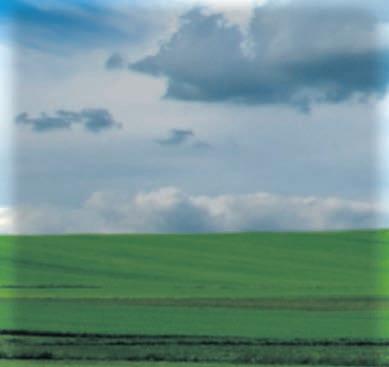
It has a solid supplier base with branches throughout New Zealand,




















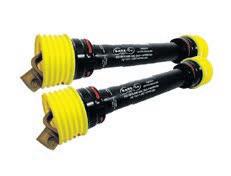

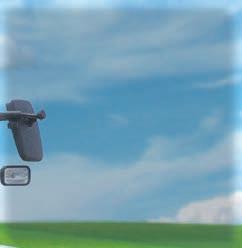




































































which generally means overnight deliveries to urban areas and two to three days to rural delivery addresses. Ordering online is easy, and the ability to search by tractor make and model takes the guesswork out of what
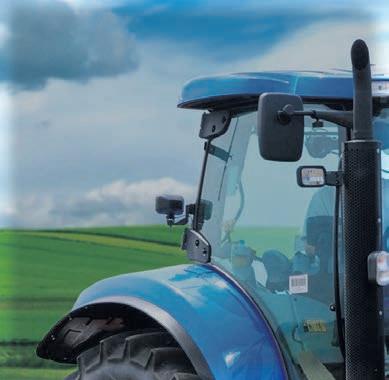
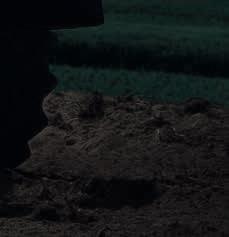
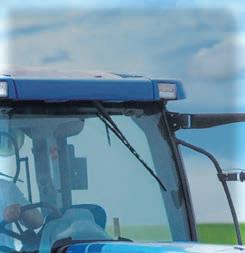

parts to order. The bonus is that orders of more than $115 (including GST) are freight free!
AgSpares is handily located on the north side of Whangarei at 30 Pipiwai Road, Kamo. Drop in to see the fully stocked showroom or call them on 0800 788 788. Alternatively, you can email them at sales@agspares or visit their website at agspares.co.nz.

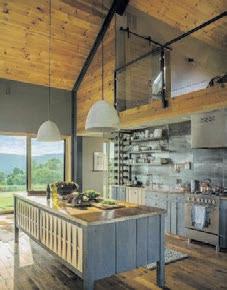








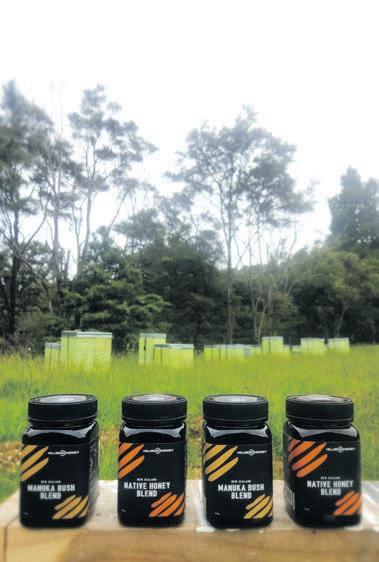

























 by Andy Bryenton
by Andy Bryenton
There’s clear evidence that a wellinsulated home is cooler in summer and warmer in winter, helping banish dampness, mould and the conditions that create illness. Realising that every dollar spent helping the community with insulation for healthier homes is recouped many times over in hospital and medical savings, the government is right on board, and with assistance from Mahi Tahi and Foundation North. It means that many homeowners can receive insulation free of charge.
“We’re driven by the whānau situation and what we can do for people in our community,” says Haka Bristow. Haka is a Healthy Homes operation manager, team leader and experienced insulation installation technician.
“If the house needs to be healthy, we focus on that, and not the money.”
Healthy Homes Tai Tokerau has helped bring this programme to the whole of Northland. Projects manager Sean White says there are still many homeowners who feel they may not qualify or will have to pay
some form of surcharge. That is not the case, he emphasises.
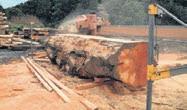
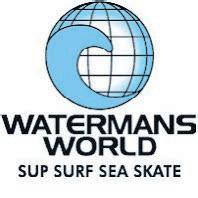

“If you are a homeowner, living in Northland, and especially in our smaller towns, and your home was built before 2008, the chances are you do indeed qualify,” he says.
“Some homes from this era have insulation which has degraded over the years. So even if you think you are covered, getting the complete package of polythene sheeting on the ground, underfloor insulation and ceiling insulation is still recommended.”
The process is quick and simple for any home with an accessible undercroft and ceiling space, at least 30 to 40 centimetres tall. That’s Just bigger than a standard school ruler.
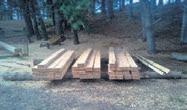
“It’s all eco-friendly and kid-friendly,” says Haka. “When we visit homes full of tamariki, we don’t have to kick them out of their space while we work, and people can be sure that all of our insulation is safe.”
As well as benefitting the public with better health, Healthy Homes Tai

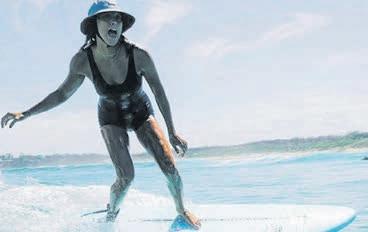
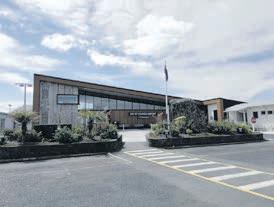
Tokerau has another pro-social aspect. It employs whole teams of locals, training them and upskilling them to become insulation experts.
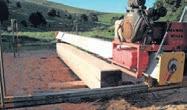
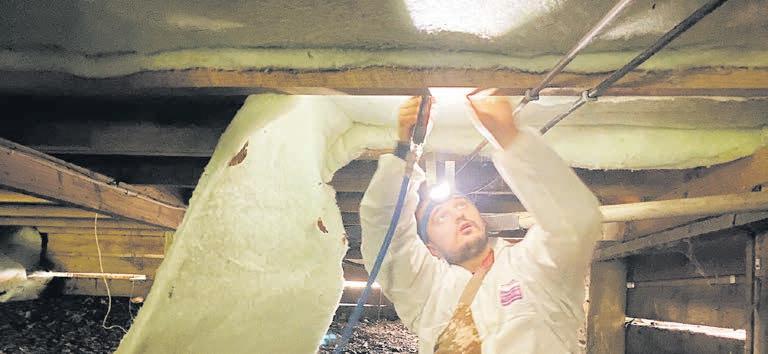

“We’ve built a very strong team, and we’re proud to say that they’re locals,” says Sean. “Our big emphasis is on giving people opportunities, and as we’re in Northland, that includes many young Māori people who have a positive
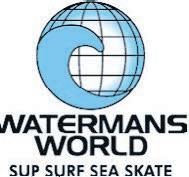
role with Healthy Homes in helping their communities.”



For those who wish to access this offer of a warmer, healthier home, visit healthyhomesnorth.co.nz. Make an online application, and an assessor will visit you to discuss what can be done at your place. It’s likely to be entirely free, and it could give the gift of good health to you and your family.


Part of the debate swirling around Three Waters reform issues has been the impact on small water suppliers; many of these are farms with a bore or dam supplying two or three dwellings.



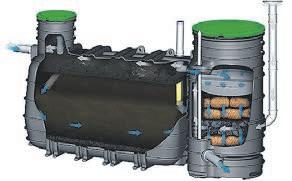
The biggest hurdle for farmers and rural people, which will be thrown up by Three Waters reforms does not concern the monolithic entities posited to run all municipal water amenities. Instead, the issue comes from water safety watchdog Taumata Arowai, which initially appeared to require all water sources serving two or more houses to meet stringent new testing requirements at a level akin to municipalities.


Federated Farmers said that its ‘worst fears about the definition of a water supplier’ were justified after the reading of the government’s Water Services bill. It was their estimate that approximately 75,000 drinking water suppliers could be impacted, including most farms. The requirements on these suppliers went above and beyond the level of water health assurance recommended for the average rural household in both scope and cost.
“We asked for anyone supplying less than 50 people to be exempted, but in
the end, we were not heard,” Federated Farmers president Andrew Hoggard said. “If water suppliers were able to treat water at the end-point by attaching treatment units to homes, it would not be so daunting. Still, that will not be an acceptable solution under the legislation.”
It would appear to be the outcome of recent changes, which fall in line with the Rural Drinking Water Programme. It has recently passed into law as of November 2022. While this programme sets standards for water health, it also offers funding to get the job done. A sum of $20 million has been set aside specifically to upgrade water treatment systems for rural marae, kāinga and kōhanga reo. A further $10 million has been set aside specifically for private drinking water suppliers that are not-for-profit in areas of high vulnerability. The funding acknowledges the historical inequities of access to safe drinking water in rural areas.
Bill Bayfield, chief executive of Taumata Arowai, addressed concerns that small suppliers may face huge monitoring and treatment infrastructure costs. His last
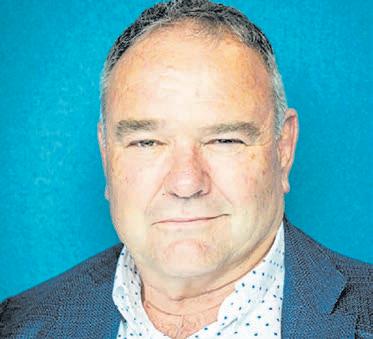
day will be January 27 2023, following his resignation in late September.
“In bigger cities or towns, councilsupplied drinking water is treated before it goes into the pipes that take it to your house, but for these small communities who are supplying water, it’s equally important that we have safe drinking water, but we don’t need to treat water that, for example, is going to be used for stock or irrigation or force expensive treatment systems on small numbers of households,” said Mr Bayfield.




 by Andy Bryenton
by Andy Bryenton


In ancient times, priests were tasked with finding water sources; in places such as Egypt and Sumeria, water was considered a sacred gift, and wells were ordained by a ceremony. It’s very likely that the success of these divinations was more to do with religious leaders knowing how to read the signs of underground water, such as spots where wild palm trees grew or areas that remained green in summer.

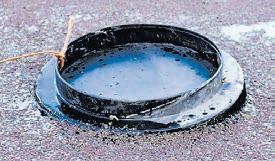
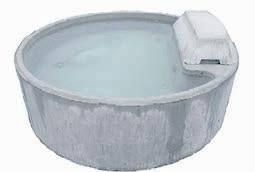
Through the Middle Ages and into the present day, many people have sworn by the power of water dowsers, who claim to find underground water with the help of a pendulum, forked stick or pair of l-shaped wires. Some water-finders produce consistently good results, confounding sceptical thinkers, but the US National Groundwater Association opines that ‘controlled experimental evidence clearly indicates that the method is without scientific basis’. Its theory is that water dowsers, like those priests of old, have a knack for reading the lay of the land and that their forked sticks and other tools are props.
Hydrogeologists use science alone to find water underground, relying on knowledge of how aquifers form in porous rock. Sedimentary rocks like sandstone

and porous rocks like limestone are apt to hold water reserves, and the shape of hills and valleys will often suggest where underwater reservoirs can be found. Aerial maps proved a game-changer for the field when they arrived with the era of flight. Hydrogeologists could trace linear features in the landscape that could indicate fractures in the rock, the edge of different zones of minerals, and even underground streams.
While the specialist skills of such an expert are often needed to drill a successful well in uncharted territory, local well drillers will often have a good knowledge of the underground strata in the area where they work, helping them get the job done through experience more than experiment.
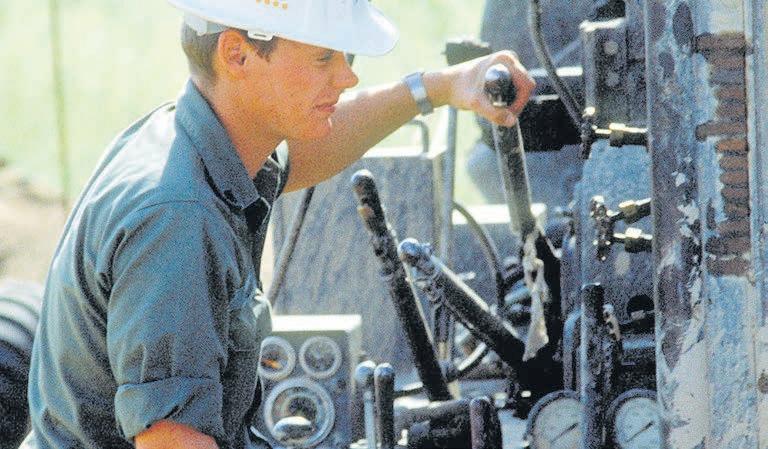
The ultimate tool for finding underground water is thoroughly modern. Still, it’s unlikely to be deployed to help construct a new bore or well for your farm. Ground penetrating tomography that fires waves of energy into the earth, and records the signals which bounce back can detect water from far above. Some satellites are even sensitive enough to minor shifts in the planet’s gravity field that they can detect the movement of underground water from space.
Northland bores and springs bode well in recent nitrate water testing by the Institute of Geological and Nuclear Sciences, and will continue to examine samples free for a year.

Town-supplied water is routinely tested by district councils to ensure the source is safe for the population to drink. Therein lies the question — who is testing in rural areas that rely on bores and springs for drinking?
“Our goal is to examine the drinking water from bores and springs of Northland residents who are on their own supply. We have been exploring the drinking water quality in Northland through a free, confidential nitrate testing programme,” GNS senior scientist Karyn Rogers says.
For the next year, GNS, under the Nitratrate Watch initiative, will offer a free water-test service for people to mail water samples from their spring



and bore. The New Zealand drinking water standard allows 11.3 milligrams of nitrate for each litre of water as safe to consume.
“So far, Northland results have been positive and show that current sites

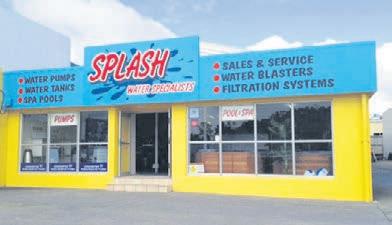
explored have been significantly under the limit and often below one milligram.”



“It is fantastic to know that the people of Northland are drinking excellent quality water. It is promising because people can drink their own supply rather than bringing tanks of water through a drought.”
Nitrate-contaminated water can happen from dairy and farming waste, synthetic fertiliser and leaking septic tanks. When boiled, the element becomes more concentrated and therefore more harmful.
“Nitrates go through your stomach into the bloodstream and scavenge for oxygen. The people most vulnerable are infants, the elderly, pregnant women and sick people.”
The team of scientists are creating a general regional map outlining areas where there is an excess of nitrates that could cause harm to the public’s health.
“We will be able to look at different regions to give us insight into various regions to determine if some areas have slightly more elevated nitrates than others. We want to ensure that people are safe and that the groundwater is good.
“We encourage people to test their water. With that data, we can inform public health officials and regional councils about high nitrate areas, and further research can be done by those local governments.”
Testing kits are available at local council offices, or one can be requested from nitratewatch@gns.cri.nz.
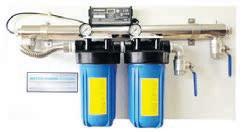
“We will have a stand at the Northland Field Days in Dargaville where people can bring their water and get it tested on the day, or they can pick up a kit. If there are problems, we could potentially engage with communities and marae to help find a solution — it is about public safety.”

“Northland results have been positive and show that current sites explored have been significantly under the limit.”by The Rural Laureate

I am the unsung hero of the Kiwi countryside. In concrete,

forgotten when I’m brimming. Without my


If I’m kept from cracking up, or rust, I’m good and watertight

I’ll hold more litres than the local pub on Friday night
And while you humans quench your thirst with milkshakes from a straw I’m prone to gulp down 50,000 litres from the bore

They say I have a belly; well — I’m usually quite round
The farmer slaps my side to hear my level from the sound
Or looks up, where a floating orange ball provides the proof


That through the winter’s storms I’ve drunk the rain right off the roof
Now, on that little note, I have some grumbles and some mutters
About the leaves and bird-poop which come swirling down the gutters
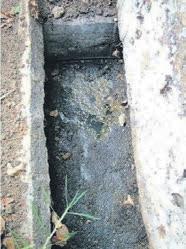


Not to mention mice, and things less nice, you wouldn’t want to drink
It’s up to ME to keep that kind of stink out of your sink!
To help me out, I’ve usually got a filter keeping guard,

So go on, switch it out, you’ll find it’s really not too hard.

And please, guys, keep my lid on - it’s really quite a panic
When a possum gets inside and goes the way of the ‘Titanic’.
Sometime’s there’ll come a season when I give all that I’ve got
It’s usually a summer — one that’s extra-blazing hot
The level get quite low, and that’s the perfect time for cleaning
A healthy scrub inside and out; you fellers get my meaning.

Then it’s time to call my trusty friend, the local water tanker

The driver never hears me, but I gurgle as I thank her
And I keep that water cool despite the sunshine on my top
When you could fry an egg up there, or get your corn to pop.
When visitors and rellies call, there’s limits to my powers
I wasn’t made to give the whole clan never-ending showers
And if your auntie needs to soak for hours to feel pretty
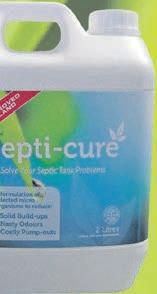

Inform her gently she can do that — back home in the city.
See, aside from all of this, a water tank has got it made

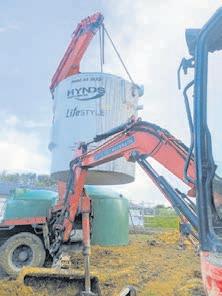
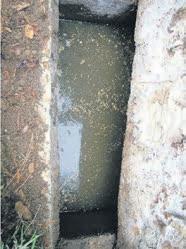
My life is cool and comfortable, cats lounging in my shade
I can gossip with the garage, ask the shed ‘bout each machine.
And I know to never, EVER ask the longdrop what it’s seen!

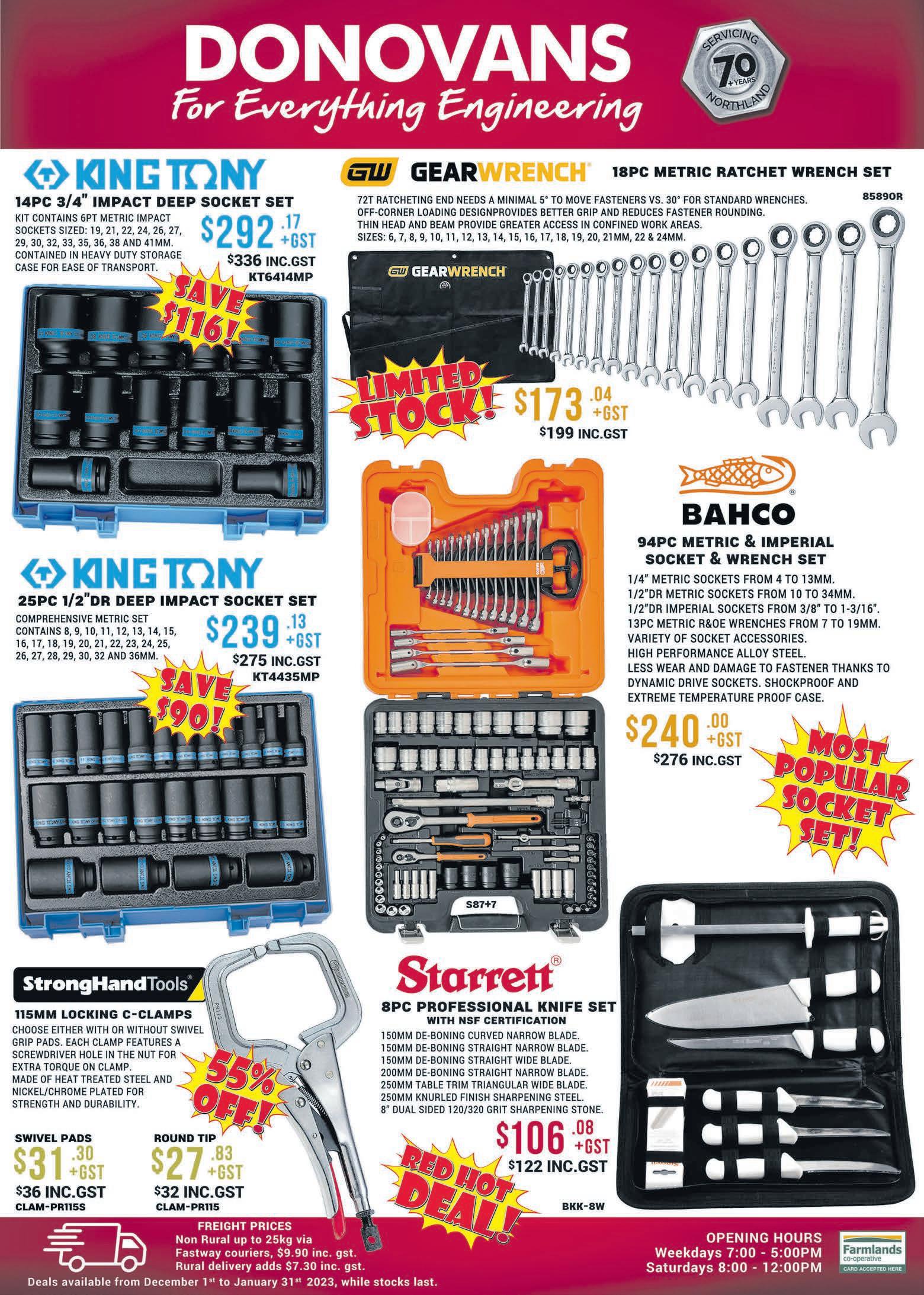
Wander your mind further into the past when two-door cars were much more than what certain people describe as a lady’s handbag car.
I would like to reintroduce you to the gorgeous and buxom 1939 Nash LaFayette 3910 coupe. They are a marvel to admire and a blast from a time when two-door cars were much larger than their modern-day counterparts.
other features incorporated into its style by George Walker and Associates. Under the hood was a six-cylinder engine which produced 99 horsepower.
Nash was set to be the modern, affordable and pioneering car with fresh ideas such as the bed-in-a-car feature. The rest space was designed with the back seats folding back and opening up the boot space so at least two people could sleep in the back.

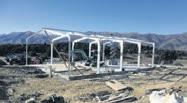
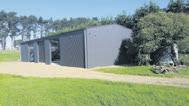
The company began in 1916 when its founder Charles Williams Nash bought the Thomas B Jeffery Company. He was an entrepreneur and the former president of the now long-reigning General Motors Company.

Next, Nash officially added LaFayette Motors to his empire in 1924 after becoming its president in 1921. Before the acquisition, the vehicles were known for their high quality, which was reflected in the price tag, making them difficult to
sell. Instead of continuing the series, there was a production pause, and its factory was used to make Nash’s Ajax models.

The LaFayette range would reign once more and reappeared a decade later, this time as an affordable car. The brand remained independently named until 1937, when Nash adopted it as part of its namesake and became part of the base series. In 1941 it was replaced by the Nash 600.
The 1938 and 1939 coupe bodies were designed by Don Mortrude, with


Nash introduced the first form of vehicle air conditioning in 1938 with its Weather Eye system. It was also available in 1939 but with a brand new automatic feature, so new owners could control the temperature they sat in. One selling point had fresh air that could be heated or cooled for driver and passenger comfort.
It was an era when cars were made of steel, and you could stop and easily fix almost any of the mechanical worries that were thrown your way. These beautiful beasts had an incredible amount of leg space and curves for days. There were no complaints from the back seat of this coupe in those days.
There are three 1939 Nash LaFayette coupe models known to be located in New Zealand, and one calls the north home at Matthews Vintage Collection in Taipa. The remaining two are located in the South Island.

Retirement isn’t for retiring, it’s for new adventures.
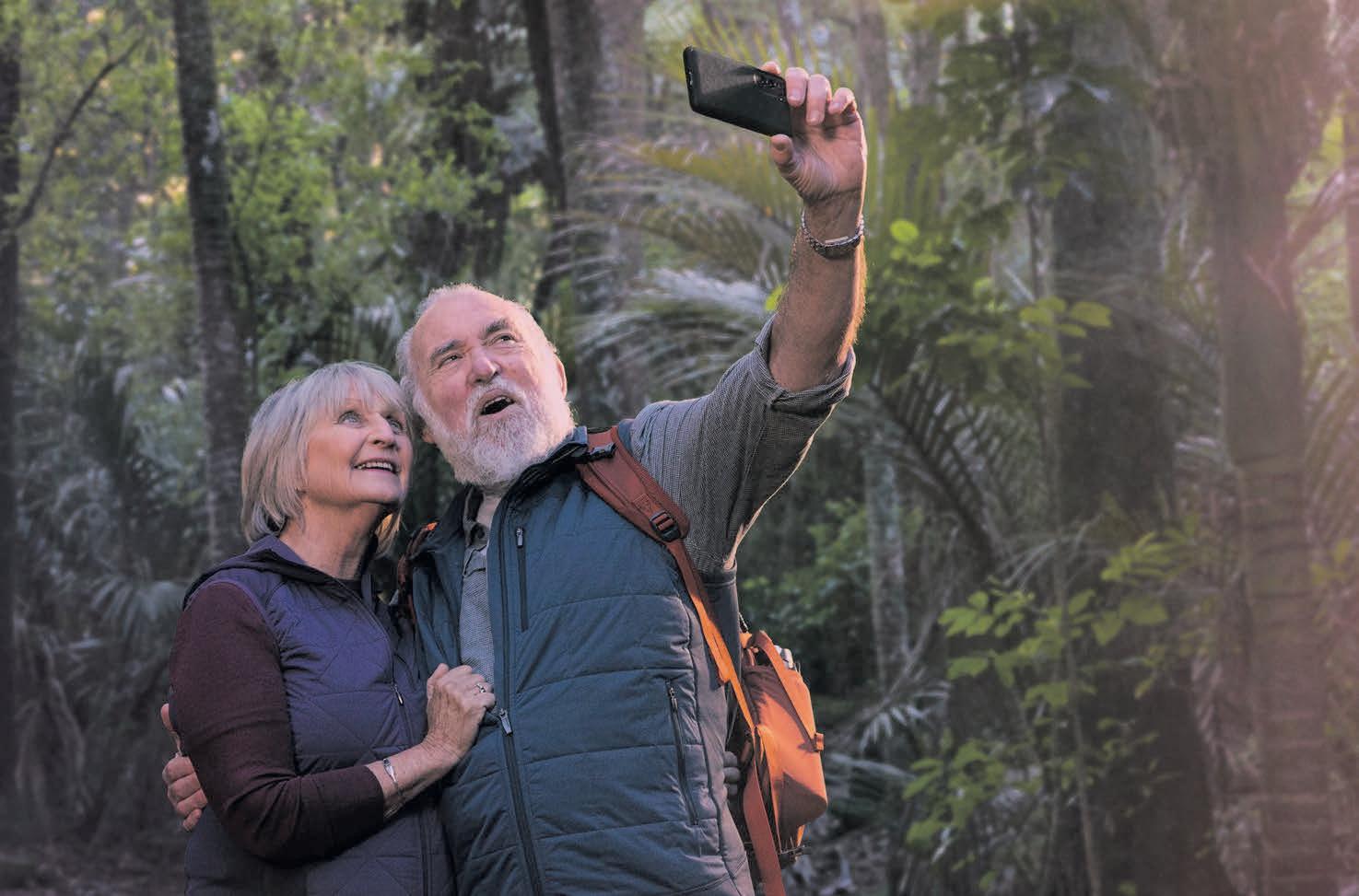
With more freedom to pursue your hobbies and passions, you can live the active, fulfilling retirement you’ve worked hard to achieve.
Think this sounds like you or someone you love?
lives.
“Amber and her husband Dave locally produce two TV shows — The Red Stag Timber Hunters Club and South Seas Spearo,” says Kate.
“My husband and I are 50:50 share milkers, milking 320 cows once a day. Our paths with the Shaws 15 years ago, when Dave and I worked together on the ITM Fishing Show. We built a friendship, and several years later, when Amber and Dave started to produce the Red Stag Timber Hunters Club and South Seas Spearos.
“Amber discovered that many of their team struggled to source fit-for-purpose first aid kits. She battled to find decent kits for the adventurers in their lives — hunters, hikers and children. In the end, we decided to design our own.
“Amber has pharmacist qualifications and training. I have experience in teaching, childcare and farming, and I have had many adventures across the globe. So we teamed up together and created Parachute First Aid.”
Amber and Kate designed four functional and stylish first aid kits — The Wilderness, The K9, The Ouch Pouch and The Family Essentials Box.
“We are also stocking other top-quality first aid essentials on our website. The



Wilderness is for hunters, hikers, and family adventurers, the K9 is for hunting dogs because at times they can get injuries, and the Ouch Pouch, is perfect
for nappy bags, hand bags, pushchairs and backpacks.
“The Ouch Pouch includes a QR code that unlocks the Ouch Mouse — a clever
character created by another Kerikeri local, Kylie Penn. Ouch Mouse is via video and voiced by well-known children’s entertainer Suzy Cato. It entertains an injured child with a mindfulness exercise to help quickly calm and soothe them. It is a very clever point of difference from any other first aid kit on the market.
“We also have the Family Essentials Box, which we think is a must-have first aid kit for all family homes. We are collaborating with top local brands such as Goodbye Ouch. All of our kits are customisable and contain benchmark quality first aid equipment.
“We aim for Parachute to be the home for trusted quality and sustainable first aid kits and products in New Zealand. People can keep up to date on the Parachute First Aid Facebook page or our website parachute.nz.”
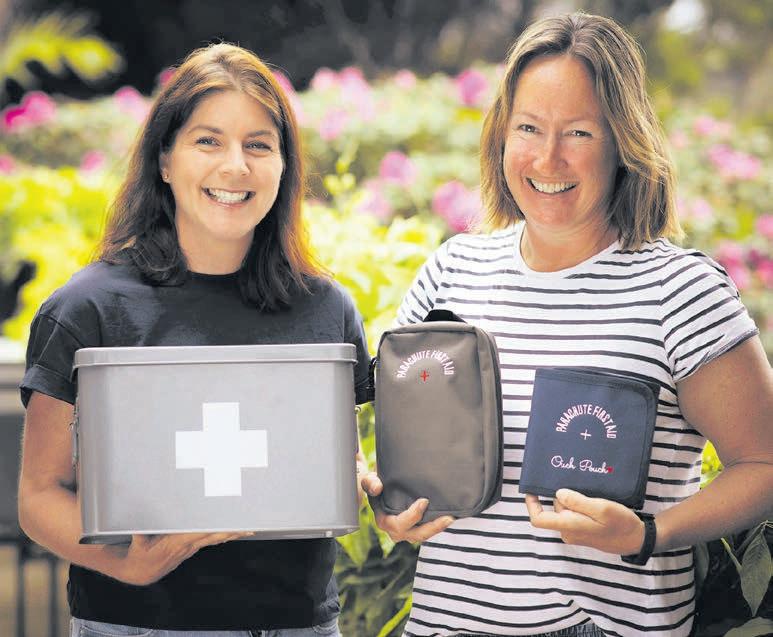
“The Family Essentials Box is a must-have first aid kit for all family homes.”
The roll-out of this would be catastrophic for the Northland economy and would have immensely negative social impacts as well. Farm margins will be reduced dramatically by an unscientific tax on already slim margins compared to the Waikato or Canterbury.
Primary producers are already under huge pressure. Along with the Northland Rural Support Trust, we have grave concerns for the mental wellbeing of many of our farmers. If HWEN is rolled out in Northland, NRTS will be busier than ever.
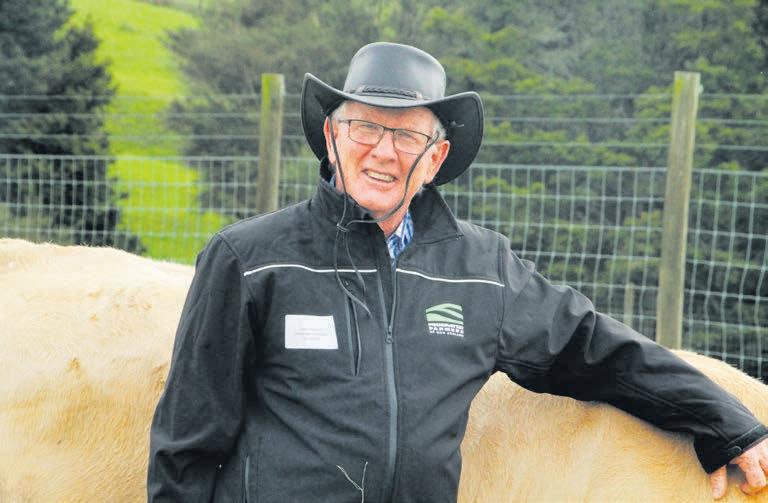
Northlanders do not need or deserve more unfair bureaucracy, regulation and cost forced upon us and the extra work for our support services organisations. Enough is enough.
The research I have done shows that as a region, Northland is already at the government’s emissions target set for 2030, and this is going to reduce further next year as the number of dairy farmers exit the industry.
The unintended consequences of HWEN on the Northland economy would be catastrophic.
I am so concerned that I have requested that a regional impact statement be completed as required by government rules to understand the breadth and impact of the unintended consequences on Northland.
I can assure Northern Farming Lifestyle readers that the social and economic impact on our region will be dire. Replacing animals with trees does not provide longterm employment. Our small towns would lose tradespeople because the work from farmers they previously had would dry up.
That’s because of two reasons. The first is due to low-profit margins; farmers will be forced to stop spending money. The other reason is that farmers will be pressured to sell up and walk away from their land and their profession because farming will become unaffordable for many. Our towns will die.
The government needs to revisit the unintended consequences of HWEN and listen to the people.
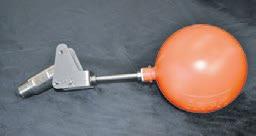
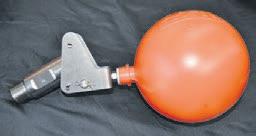
That is why myself and Federated Farmers president Andrew Hoggard have been vocal in media around our opposition to HWEN. The government has simply not listened to us and is continuing to try and bully rural New Zealanders — be
they farmers, horticulturalists or lifestyle block owners.
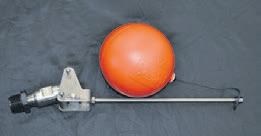
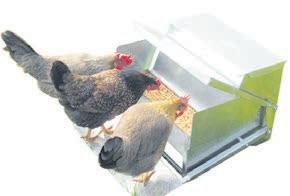
Our message to the government is simple. As president of Federated Farmers Northland, I am not prepared to stand up and state that He Waka Eka Noa is a good deal for Northland because it is not. It must be kicked to the kerb and never be seen again.

 by Piper Robson
by Piper Robson
With so many dirt bikes on the market for the children this festive season, Santa has some tough decisions to make.
When it comes to buying your little ones their first dirt bike, there’s a lot to take into consideration. You want to know that the machine you’re investing in will provide hours and hours of fun, and as few tears as possible. When approaching which bike to pick, two options unanimously agreed upon as the best bikes for your young ones.
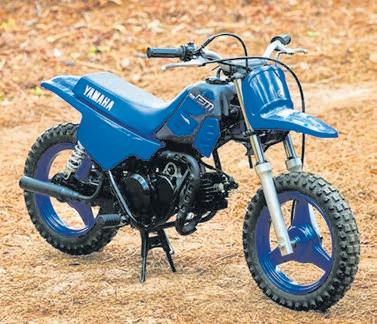




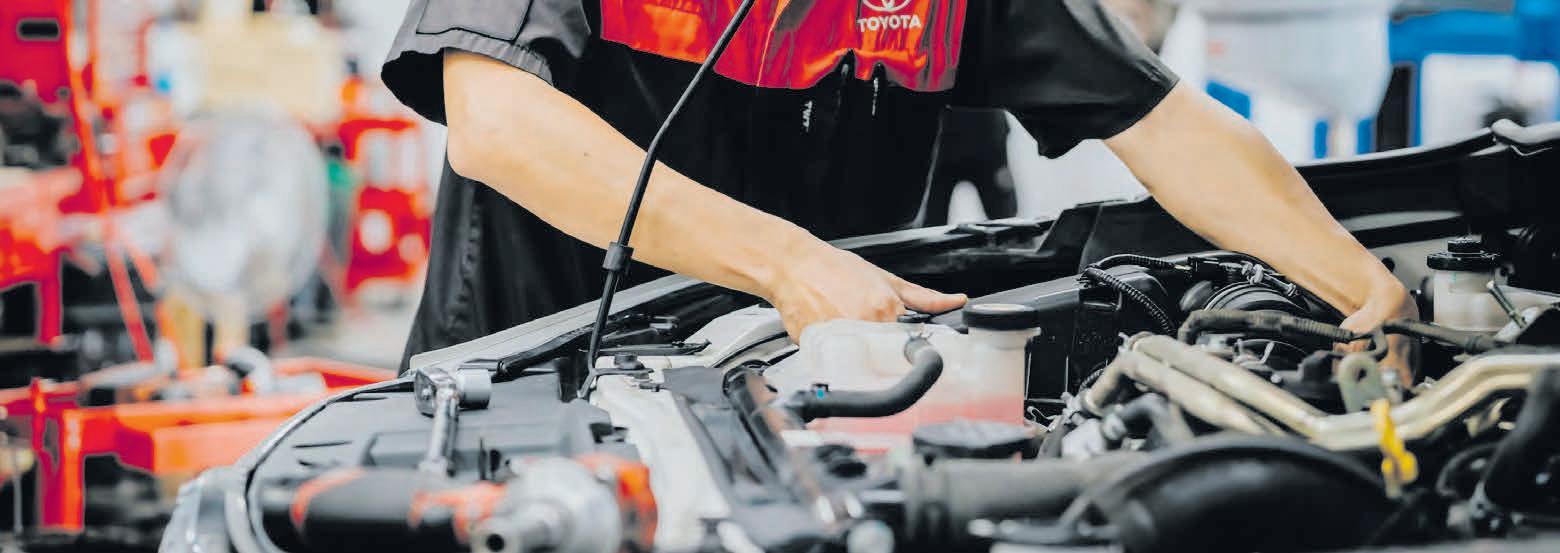
A tried and true classic, the Yamaha PW50 is a peewee staple that has given many motocross riders their start in the sport. Introduced in the 1980s, the PW50 has seen very few changes throughout the years, making finding parts for it relatively easy. Boasting an automatic two-stroke engine and super low seat height, this bike is easy to maintain and even easier to ride.
The low weight of 40kg and throttle stop screws add to the machine’s safety, and the children will have an easy time figuring out the bike’s balance when starting out. The fully automatic two-speed transmission takes the distractions out of learning to ride the bike. A clear layout and lack
of foot controls make it even easier to concentrate on driving without compromising overall safety. This bike is great for young and small riders just starting out.
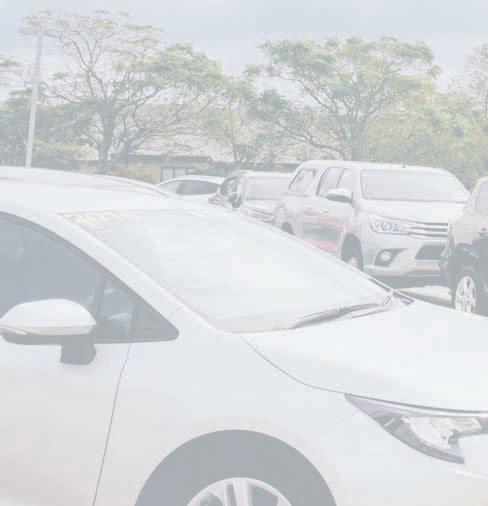
Another classic bike, the Honda CRF50, has been a family favourite since 2004. Also largely unchanged during the last decade, this little bike is robust and reliable. The engine is 50cc with a key start ignition and adjustable throttle limiter, making it safe and easy to supervise.
The CRF50 has a smoother fourstroke motor than the PW50 and an automatic clutch. This bike is quiet and reliable and isn’t intimidating for young riders. The only drawback to the PW30 and the CRF50 is the kickstarter, which may be difficult for smaller riders to use. It does, however, come with the added bonus of not worrying about dead batteries as you would with electric start models.
This bike makes it easy to transition into more powerful bikes with front and rear brakes, front brake on the right
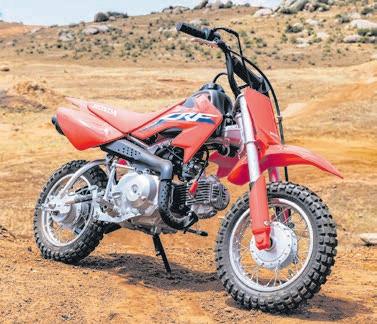
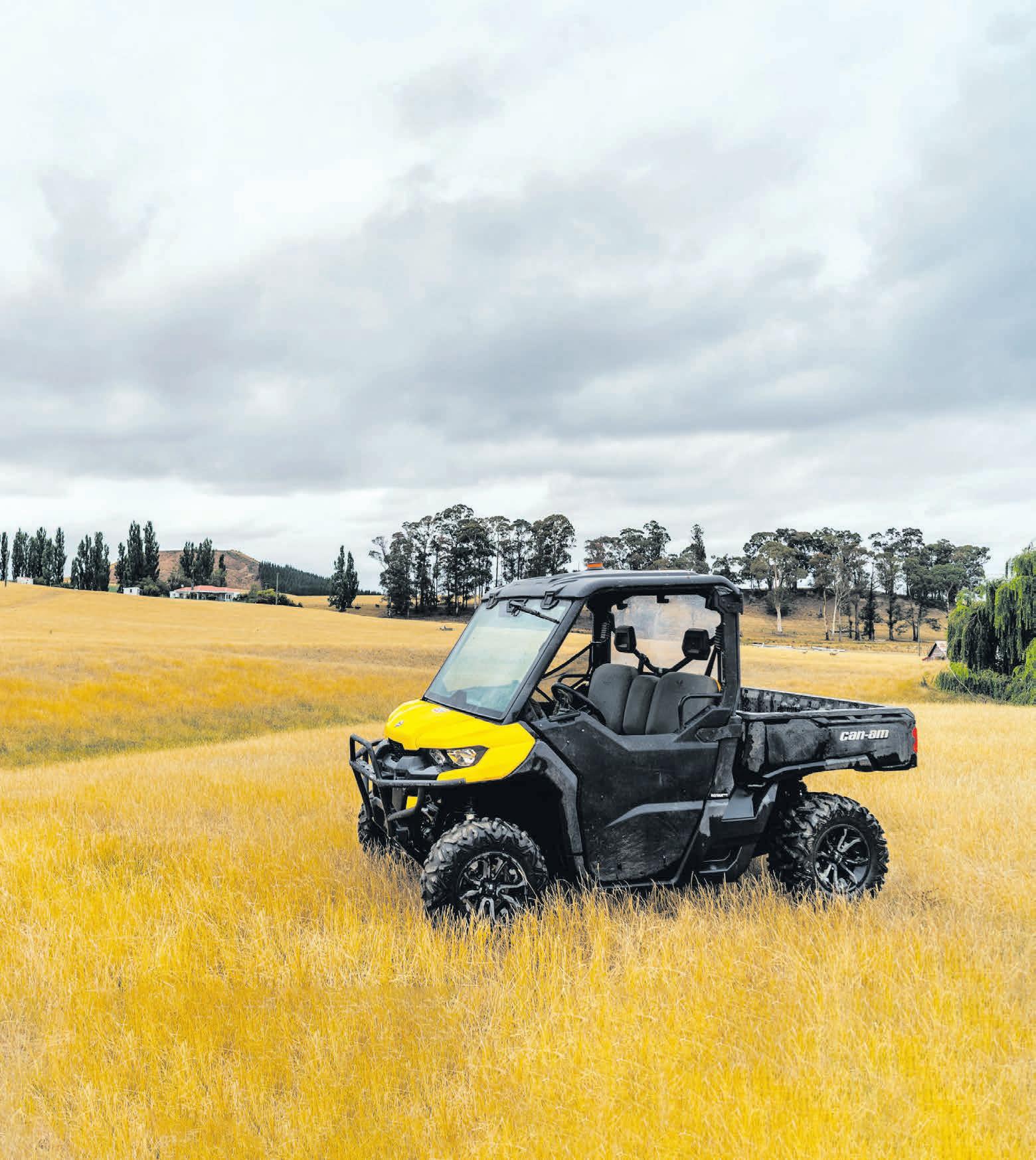
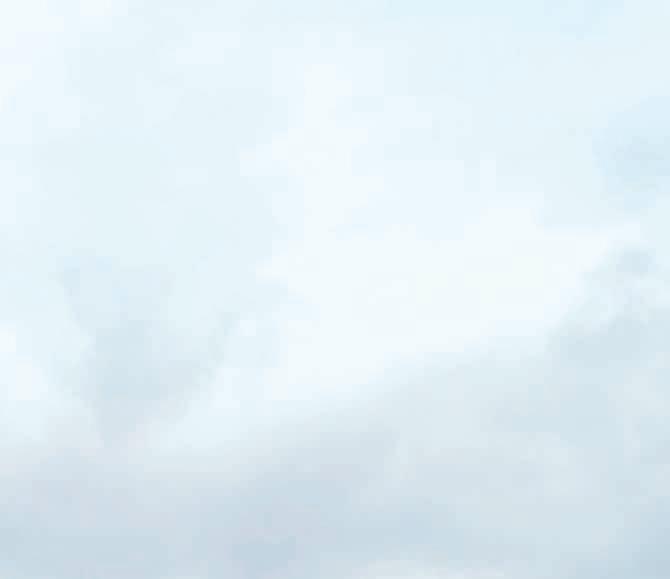
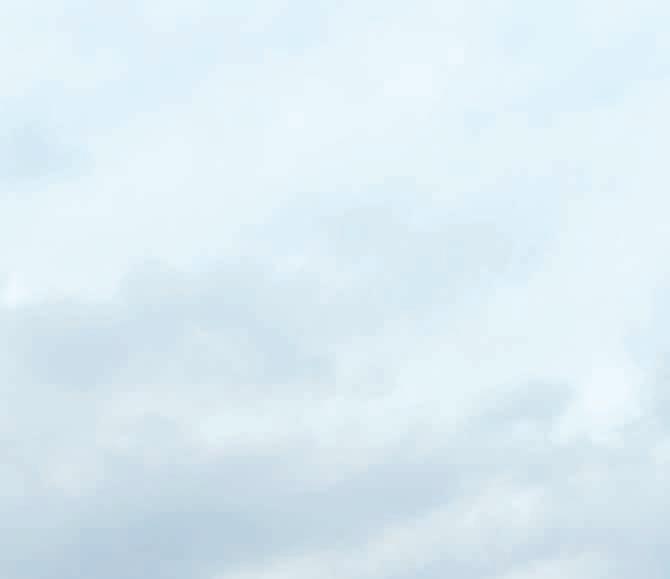


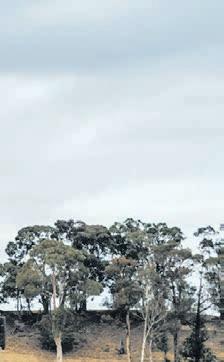
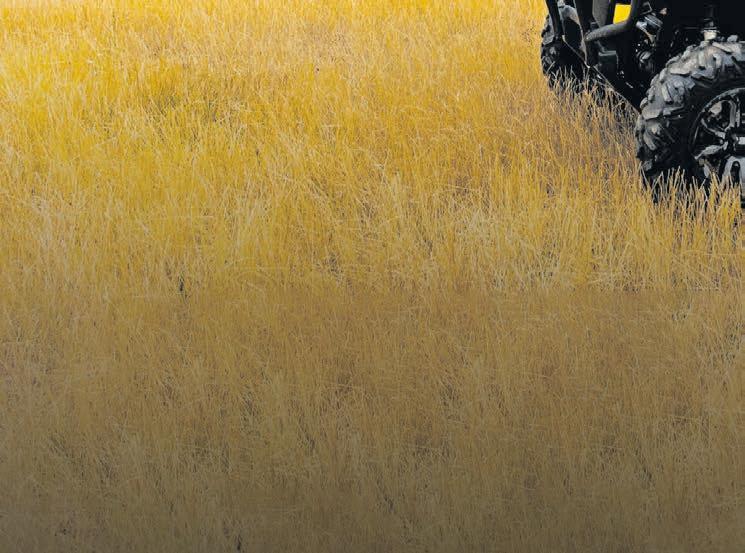
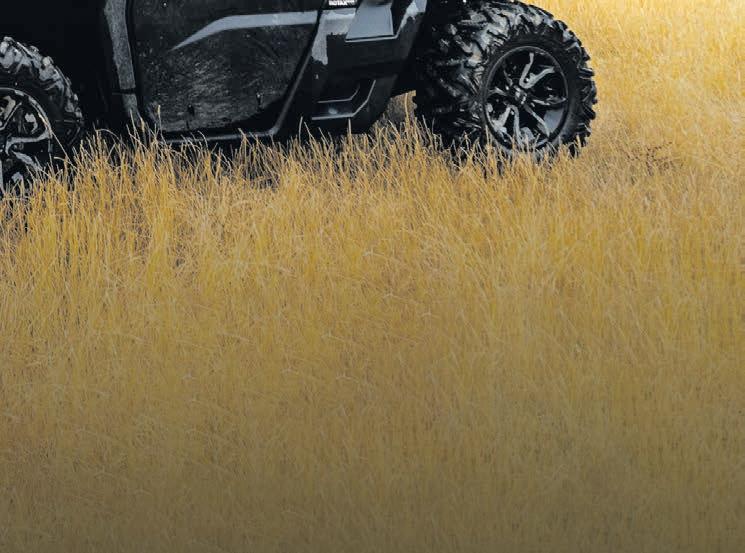







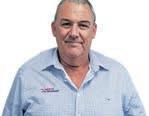




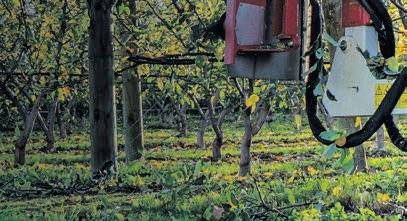
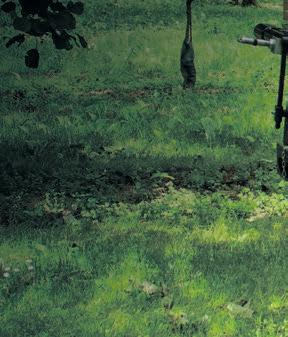



 by Andy Bryenton
by Andy Bryenton







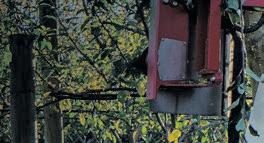


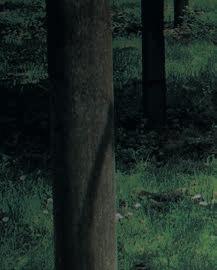


The title of Tractor of the Year has been the top accolade in agricultural engineering since its inception in 1998, and for 2023’s model year, the big winner is the Fendt 728 Vario.
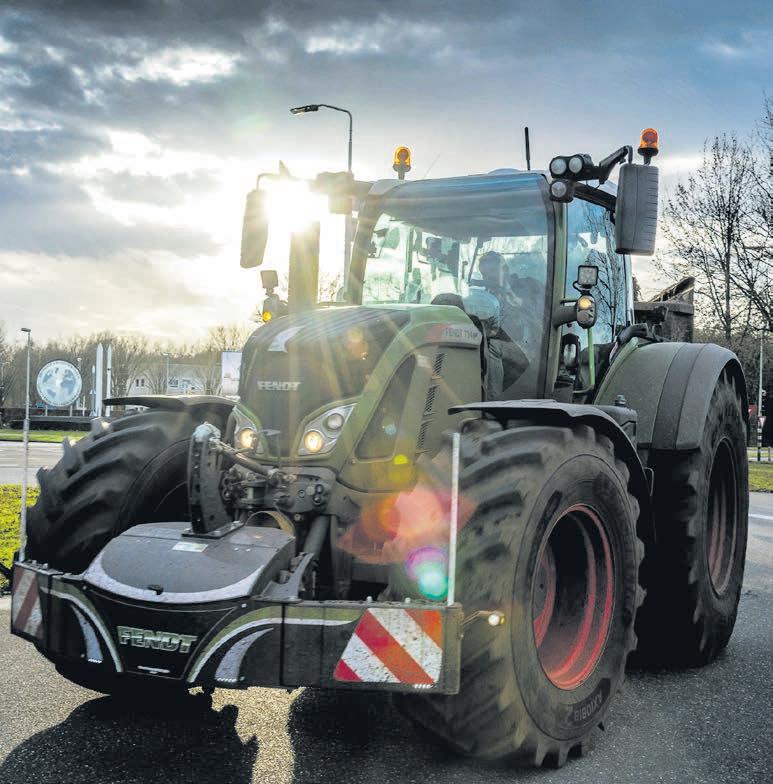

It’s the second time the big German 700 series of all-around tractors have topped the podium at the huge EIMA agri-trade show, with their first gold medal coming in 1999.












“Models in the Fendt 700 Vario series are our best-selling tractors and are used by farmers all over the world,” says Fendt Management Board chairman Christoph Gröblinghoff.


“For our Fendt engineers, it was, therefore, a challenge to make something good even better. Factors such as low fuel consumption combined with high performance of up to 300 horsepower, soil conservation and maximum flexibility for different applications are very important for our professional customers worldwide.”
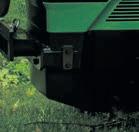
To grasp the top award, Fendt engineers took a leaf from the playbook of fellow German world-leaders Porsche. The Vario retains the classic look of a Fendt tractor in green and red, but, like fresh versions of Porsche’s 911 sports car, it’s all new underneath. The seventh-generation Vario has an all-new driveline, a new hydraulic and cooling system, and a super-tight turning radius making this large machine tuck in like a hot hatchback.
The new Fendt also packs a more powerful engine. A 7.5-litre six-cylinder unit made by AGCO-Power churning out 283 horsepower and seemingly bottomless torque. All that power now has to haul far less weight, thanks to improved efficiencies in material technology and compact components manufacture, making the 728 Vario more economical and softer on the soil.
Intelligently controlled all-wheel drive management is one of the other advantages of Fendt’s VarioDrive system, as deployed on the 728. This innovative drivetrain eliminates the need for manual switching when changing between field and road operations. It drives the front and rear axles as needed, sending power where it’s needed on the fly. In the field, the full tractive force is available, and stresses are avoided when driving on country roads and navigating bends.
“I am very pleased to receive this award for our new top model Fendt 728 Vario from an international and independent jury of experts,” says Christoph Gröblinghoff. He’s got a good reason to be proud. This win represents all the number sevens for Fendt; the seventh-generation, 7.5-litre 700 series is the seventh Fendt tractor to gain the gold.
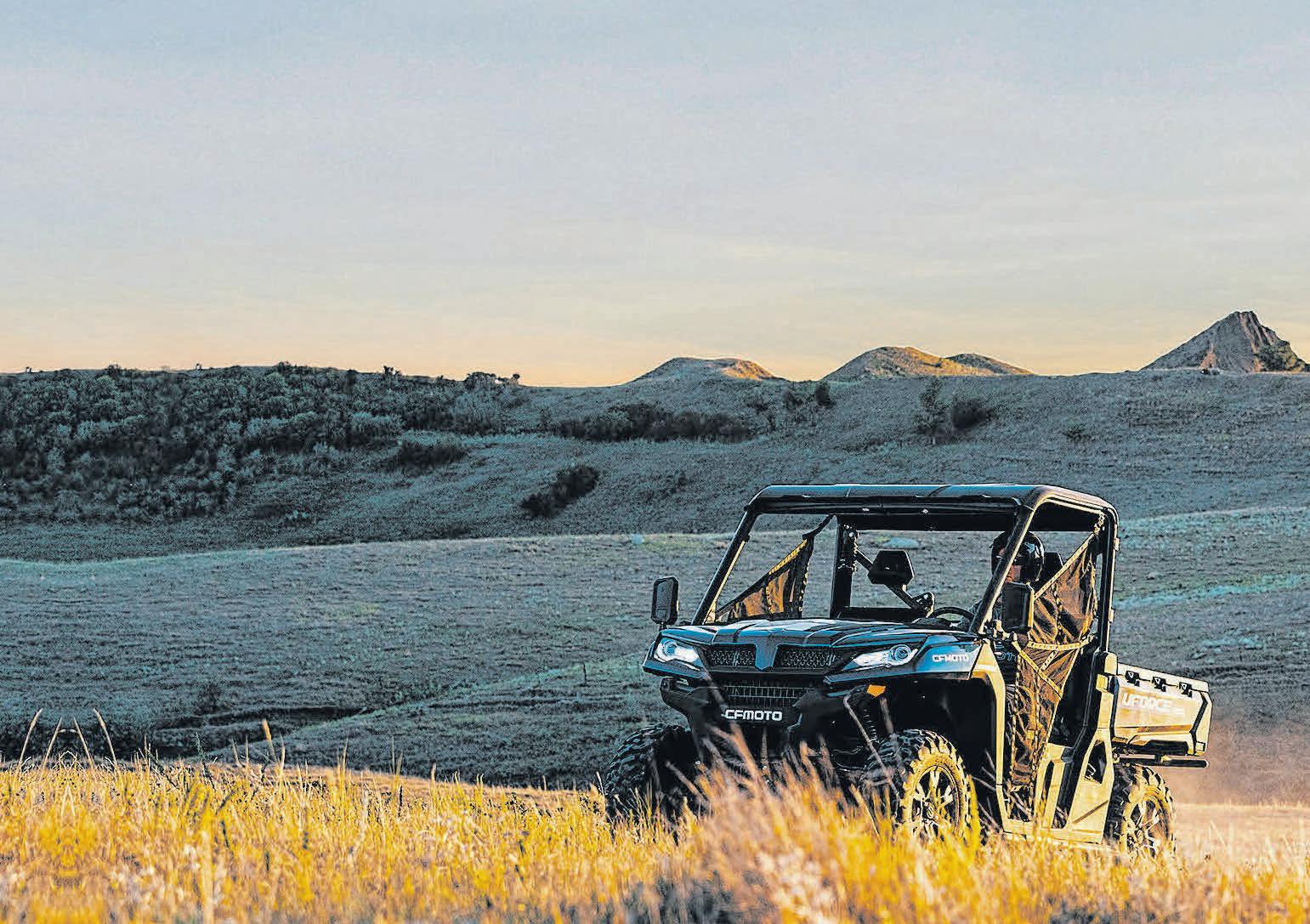


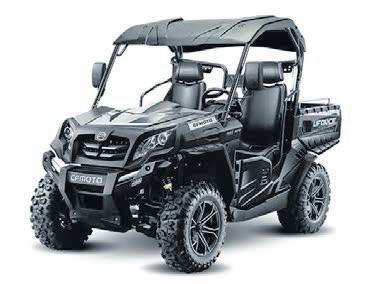
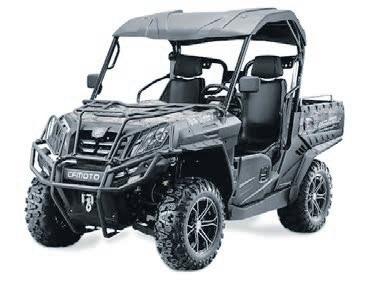
The car of the year award often goes to an
hauling a holiday payload?
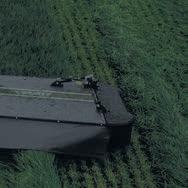


This time of year, caravanners and boaties need to know the pick of the crop when it comes to a vehicle that can take care of business, delivering openroad comfort, big towing power and the precision to manoeuvre a bulky trailer through a crowded campsite.
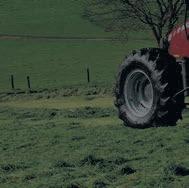
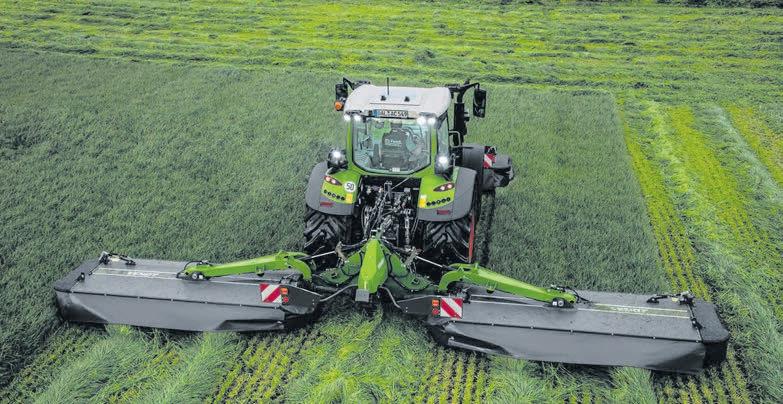
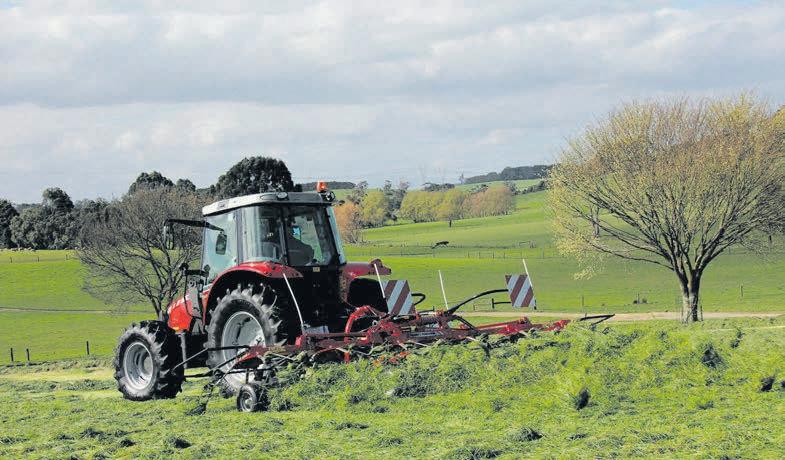
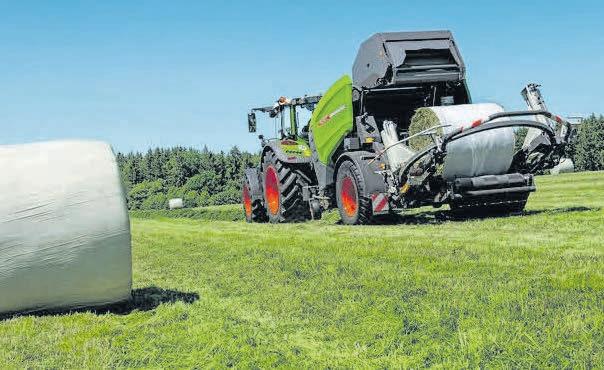
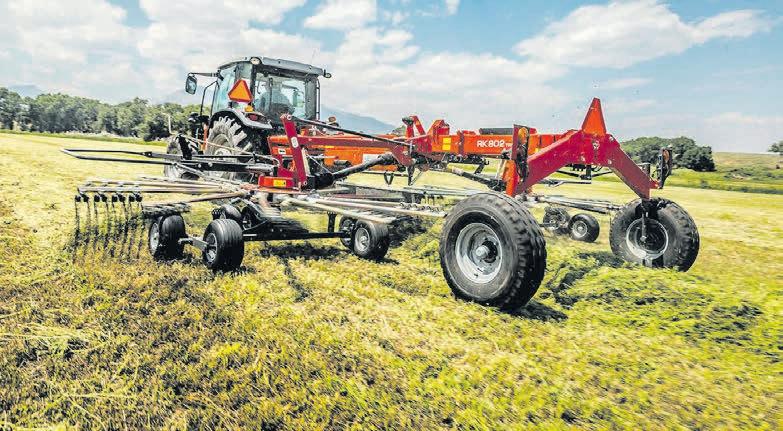
Luckily, a sort of ‘Olympic Games’ for tow cars does exist, and it’s administered by the no-nonsense judges of Britain’s Caravan and Motorhome Club. With global manufacturing meaning that all the cars on their Christmas list are available on Kiwi forecourts, too, we took a look at the supreme winner for this year, the Skoda Karoq.
Dan Cartwright of Caravan Times was one of the judges of this year’s competition.
“There were a lot of good tow cars submitted this year, and picking a winner was tough,” he said. “For me, the overall combination of the proven 150-series engine, DSG gearbox, which we know tows well, and four-wheel-drive traction, coupled with the Karoq’s practicality, storage, accessibility and viability just gave it that all-around appeal.”
The Karoq also stood out as one of the few non-hybrid or electric options to make the top ten this year. As electric practicality grows, we can expect a longer list of EV and
not this year. The Polestar 2, Porsche Cayenne hybrid, Volvo’s voltage-assisted V90 and Skoda’s own Enyaq placed highly in various caravan-toting weight categories.
The Karoq carries on a tradition of Skoda punching above their weight, which started with the phenomenal success of the little Yeti and the rise of the Kodiaq in the premium SUV segment. With our local law enforcers sporting a fleet of Skoda
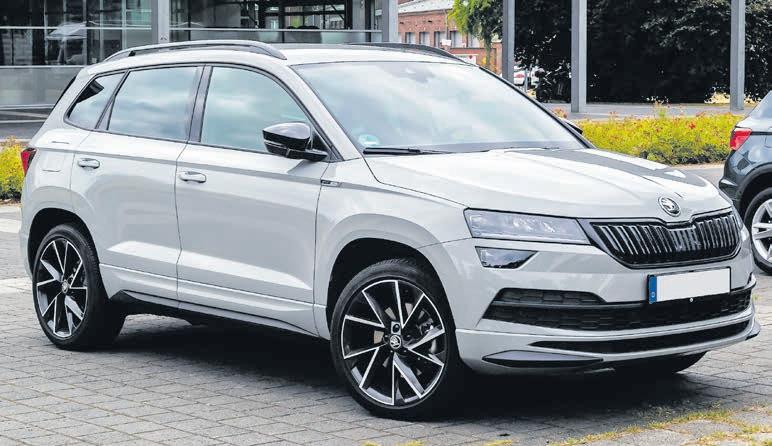
Superb patrol cars, the brand has become a common sight on Kiwi roads.
Alongside a handy 320 Newtonmetres of torque and that seven-speed DSG gearbox, the other aspects of the Karoq recommending it as a towing vehicle are its comprehensive suite of safety aids and a remarkable turn of fuel economy. For such a competent and large machine, its figure of just 7.3 litres for every 100 kilometres combined

is quite an achievement. So, too, is the price for this award winner. Skoda will sell you one, from $45,990, making it a bit of a bargain.
Then again, we know that many people buy their next car based on visual appeal alone. If that’s the case, then there’s a lot to love about the Skoda-only Phoenix Orange Metallic paint option, which brings some brightness to a world where many automakers have variations of black, white and grey on offer.
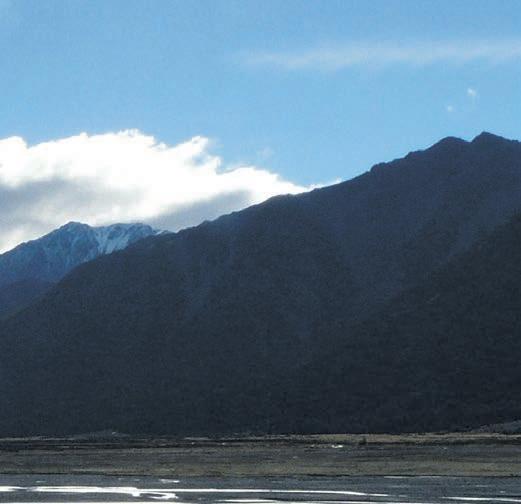
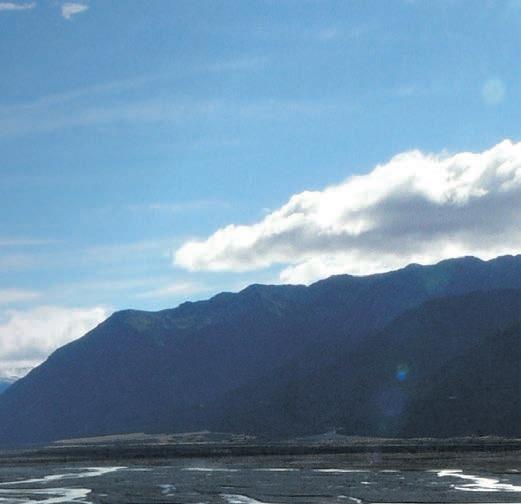
rare consignment of Reactive Phosphate Rock (RPR), scheduled to arrive in New Zealand, for application between February and May next year, should receive a keen welcome from hill country sheep and beef farmers.
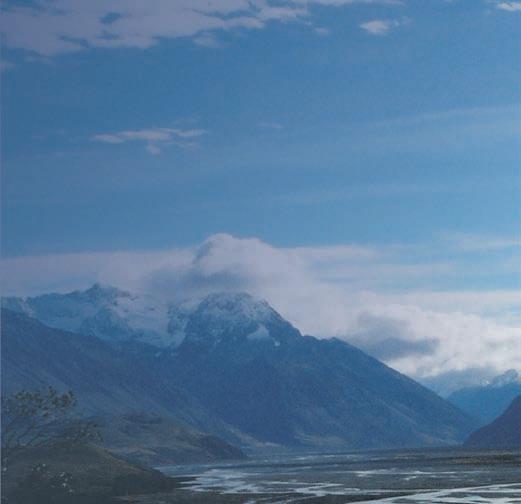
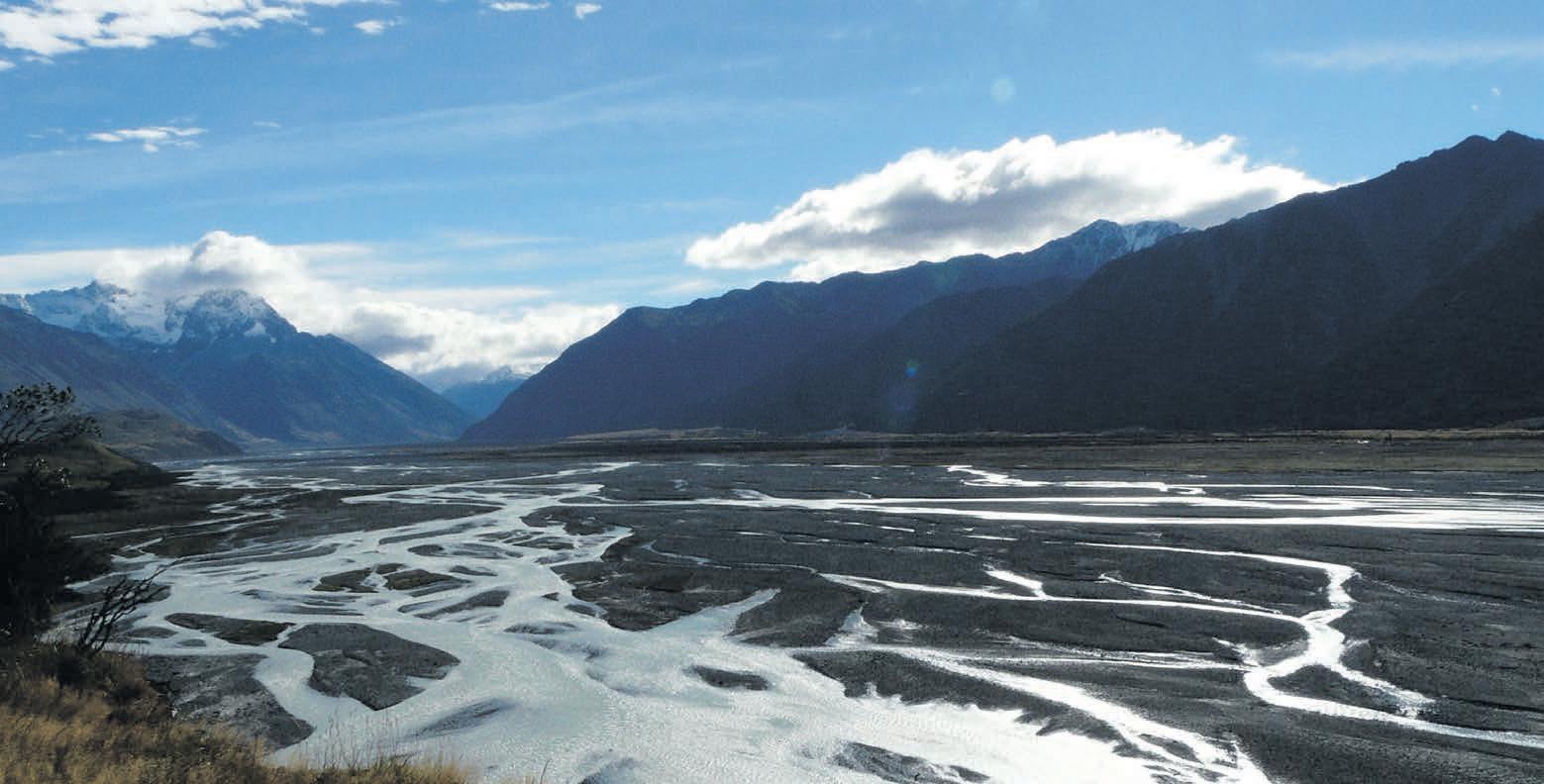
Ravensdown Fertiliser Manager Greg Costello said the product, sourced from mines in northern Peru offers particular benefits in sensitive localities.
“Early analysis has determined this as a superior quality product, providing a slow-release form of phosphorus. Expectations are for citric solubility of greater than 40 per cent, making Ravensdown’s RPR one of, if not the highest, citric solubility product in the market.”
“For adherence to Farm Environment Plans in sensitive catchments, RPR is particularly beneficial, minimising environmental impact. Its citric solubility reduces the potential risk of phosphorus leaching into waterways. For anyone following regenerative or organic farming principles, or otherwise looking for an effective natural alternative
to single superphosphate, RPR is a smart option, building resilience into the farming system,” he says.
Along with her husband Gundy, Lisa Anderson farms a 2720 hectare 7000 stock unit Bog Roy Station on the Ahuriri arm of Lake Benmore, near Omarama. As Lisa explains, their land use takes advantage of RPR.
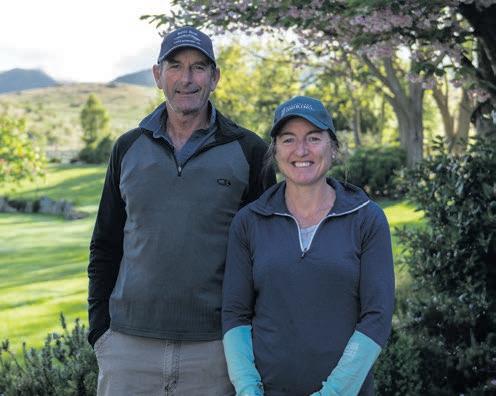
A natural alternative for sensitive catchments.
Ravensdown RPR is a win-win for hill country farmers’ sustainability and productivity goals.
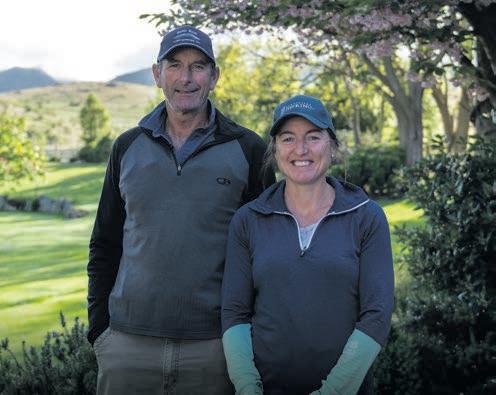
• Slow-release action reduces risk of P loss into waterways
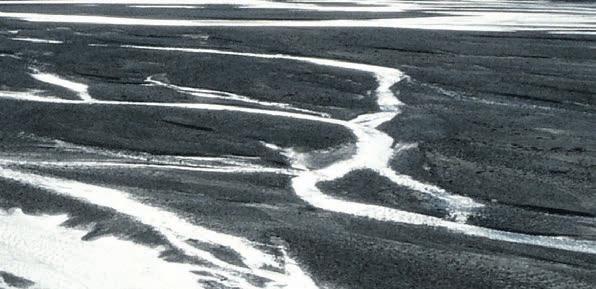

• Market leading citric solubility
For more information about Ravensdown RPR, call our Customer Centre today.
“As we farm beside the lake, in a red zone catchment that has been capped for nitrogen and phosphate, to remain economically viable requires smart use of the best tools in the toolbox. We have been using RPR for the last four years. It helps reduce our environmental footprint.”
“While some were sceptical when we started using it, those misgivings proved unfounded, and our productivity has remained consistent. In a high rainfall area with acidic soils, a slow release phosphate works well, and we use it
on our irrigated paddocks. Some others in our district are required to use RPR to comply with the conditions of their meat processing contracts, so it is doubly beneficial for them.”
“Aside from the regulations, we enjoy taking our children to swim in the lake, so are motivated to protect the water quality for that reason. RPR is an excellent option for our farm, helping underpin our productivity without compromising the environment,” says Lisa.
We have been using RPR for the last four years. It helps reduce our environmental footprint.
